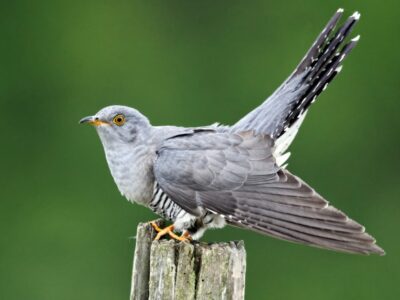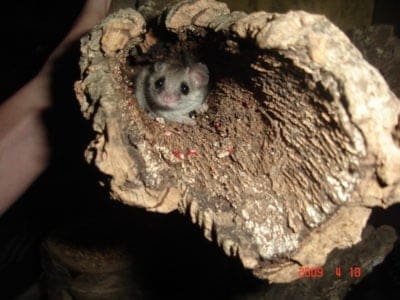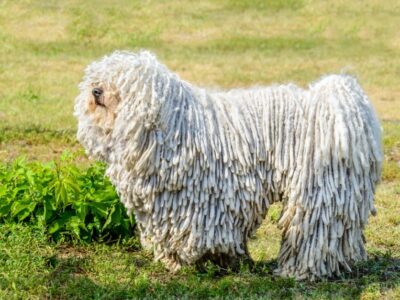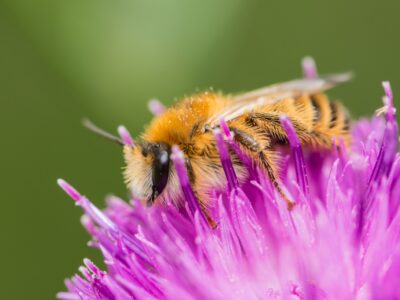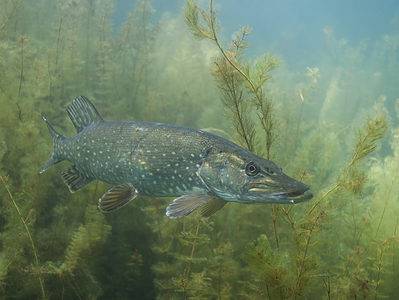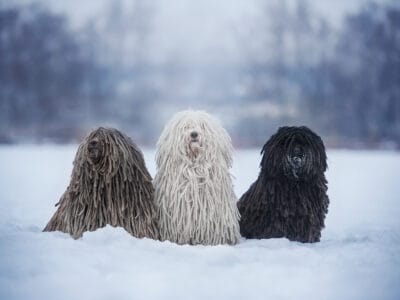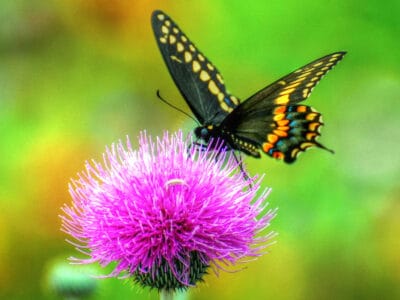Below you can find a complete list of Hungarian animals. We currently track 245 animals in Hungary and are adding more every day!
Hungary is a small landlocked country in central Europe. It shares a land border with Austria to the west, Ukraine and Romania to the east, Slovakia to the north, and Serbia, Croatia, and Slovenia to the south or southwest. The country is dominated by the great lowland expanses called the Little Hungarian Plain and Great Hungarian Plain, to which much of the Hungarian wildlife is adapted.
These regions are separated by several low mountain systems such as the Transdanubian and North Hungarian Mountains. The Danube River, which is the second-longest river system in all of Europe, cuts across the center of the country from north to south.
The Official National (State) Animal of Hungary
While Hungary lacks a single national animal or symbol, it is often represented culturally by the Turul, a mythological bird of prey that originated at some point in the Middle Ages as a clan symbol. The bird appears to resemble a falcon or a hawk.
Where to Find the Top Wild Animals in Hungary
Since its independence, Hungary has established 10 national parks, which encompass about 10% of the entire landmass.
- Hortobagy National Park, located toward the northeast great plains, is the largest protected wildlife area in the entire country. This grassy plain is a great place for visitors to find horses, falcons, cranes, bustards, geese, and many species of smaller mammals.
- Aggtelek National Park, located in the northeast region of Aggtelek Karst, is part of a UNESCO World Heritage Site that contains the largest stalactite cave in all of Europe. Visitors can find eagles, fire salamanders, deer, wild boar, kingfishers, swallowtails, grouses, and even the elusive lynxes and wolves.
- Ferto-Hansag National Park, located in the northwest Gyor-Moson-Sopron county, straddles a large lake near the Austrian border. It is home to herons, common spoonbills, geese, great egrets, and many species of mammals and fish.
- Danube-Drava National Park is located in the southwestern Danube and Drava floodplains. Amid the nature trails and springs, visitors can catch glimpses of deer, boar, black storks, white-tailed eagles, and even some unique insects found nowhere else.
- The Kiskunsag National Park, scattered amid the plains and dunes of Bacs-Kiskun county, is an ornithologist’s paradise. It contains European rollers, great bustards, black-winged stilts, eagles, and more.
The Most Dangerous Animals in Hungary Today
Most of the Hungarian countryside is relatively safe to live in and travel. Excluding insects that can transmit diseases to humans, there are only a few venomous snakes and large carnivores you should look out for.
- Common European Viper – Easily identified by the dark zigzag pattern on the back, this large species is responsible for more bites than almost any other snake in Europe, simply because of how widespread it is. Intense pain will occur moments after the venom is injected into the body. This is followed by swelling, tingling, and blisters. But death only occurs in a very small number of untreated cases.
- Nosed-Horned Viper – This species is sometimes found along the border with Austria. It can be identified by the large and unique horn emerging from the nose. While not very common in Hungary, this snake can inject a very toxic kind of venom that may cause pain, swelling, discoloration, and sometimes dizziness and tingling as well. If left untreated, death can occur in a small number of cases. They are also a danger to domesticated dogs and cats.
- Brown Bears – Bear attacks are exceptionally rare; they occur in less than a percent of all on-foot encounters. But they may pose a danger to people (as well as dogs and other pets) if the bear feels threatened, surprised, or scared. The greatest number of bear attacks occurs when a mother is protecting her cubs.
Endangered Animals in Hungary
While Hungary does make an effort to protect its wildlife, these species are in danger of disappearing or becoming extinct from the country.
- Eurasian Lynx – While common elsewhere, the Eurasian lynx is a very rare sight in Hungary. It can only be found along the mountainous northern border with Slovakia.
- European Hamster – This wild and endangered rodent is native to grasslands throughout Europe and Asia. Its decline has been linked to the spread of farmlands, road construction, pollution, and deliberate hunting and persecution.
- Great Bustard – These large migratory birds are native to the Hungarian plains. It is in danger of becoming extinct in the country from habitat loss, nest disturbances, and accidental contact with power cables or other obstructions.
- Red-Breasted Goose – This unique-looking goose breeds in the Arctic Siberia and flies south toward the Black Sea for the winter. A very small population also resides in Hungary, but numbers appear to be declining almost everywhere from overhunting and habitat changes.
- Hungarian Meadow Viper – This is a very rare and endangered subspecies of the meadow viper. While not very dangerous, this snake can look quite intimidating. Numbers have fallen dramatically over the centuries from the transformation of the countryside into farms and cropland. It is now in danger of becoming extinct.
Hungarian Animals
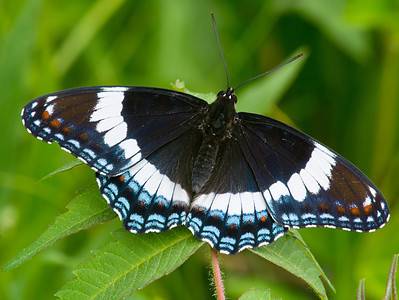
Admiral Butterfly
Stunningly beautiful wings
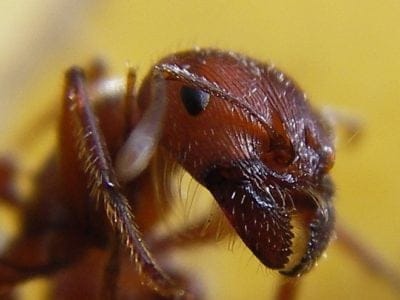
Ant
First evolved 100 million years ago!
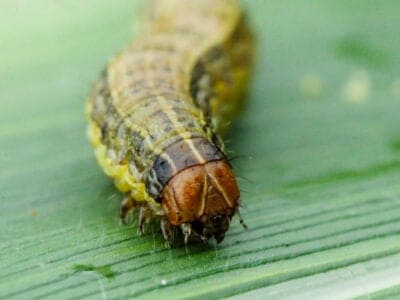
Armyworm
They are so named because they "march" in armies of worms from one crop to another in search of food
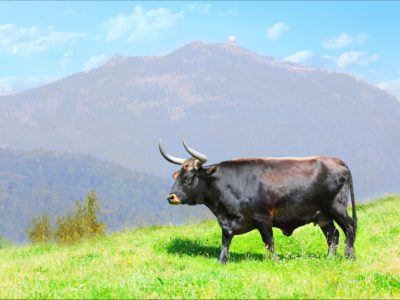
Aurochs
Extinct ancestor of all domesticated cattle!
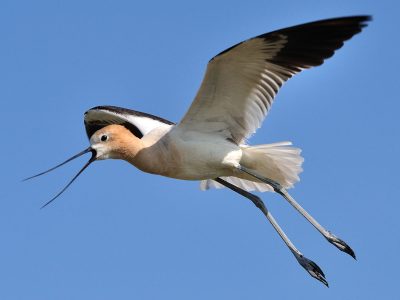
Avocet
Has a curved, upturned beak!
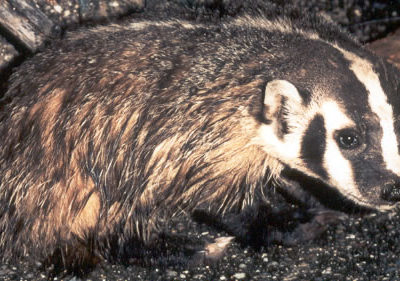
Badger
Can reach speeds of 30 km/h!
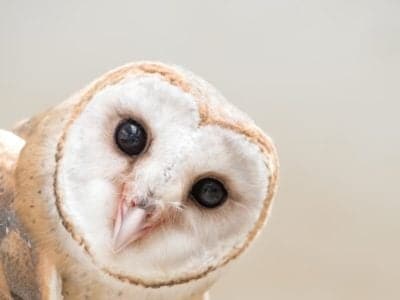
Barn Owl
Found everywhere around the world!
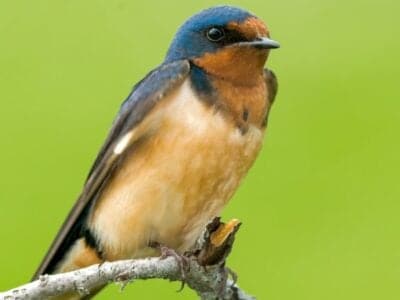
Barn Swallow
Older offspring help care for new hatchlings.
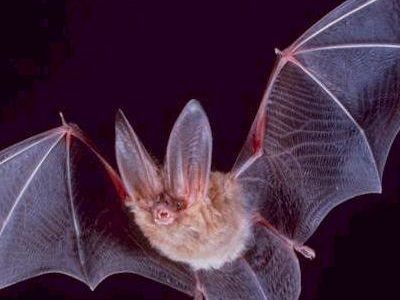
Bat
Detects prey using echolocation!
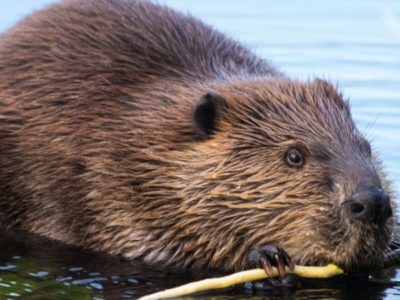
Beaver
Builds a dam from sticks and leaves!
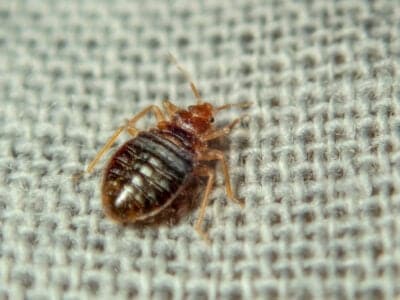
Bed Bugs
Bed bugs feed for 4-12 minutes.
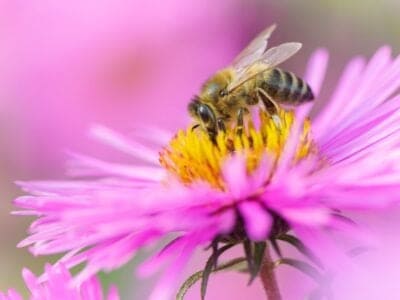
Bee
Rock paintings of bees date back 15,000 years
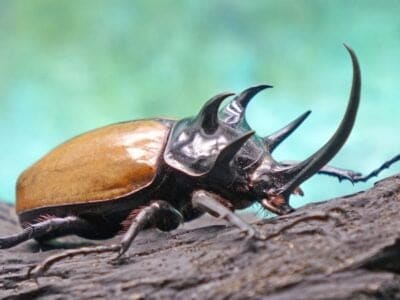
Beetle
There are more than 350,000 different species
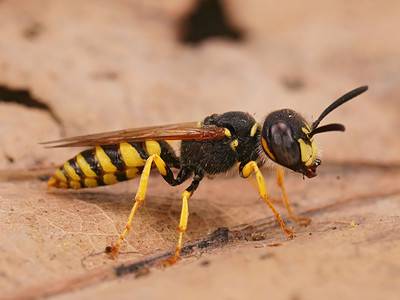
Beewolf wasp
They hunt bees
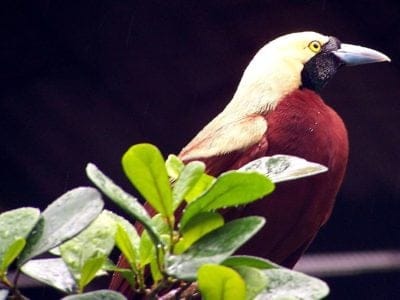
Bird
Not all birds are able to fly!
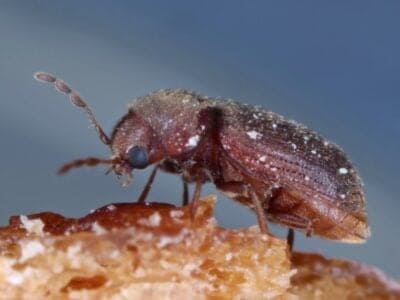
Biscuit Beetle
The biscuit beetle form a symbiotic relationship with yeast
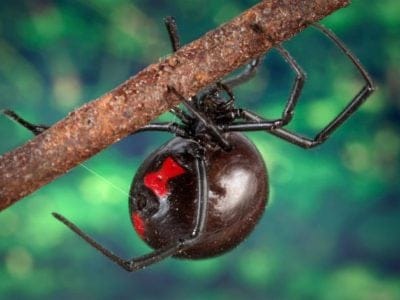
Black Widow Spider
They typically prey on insects!
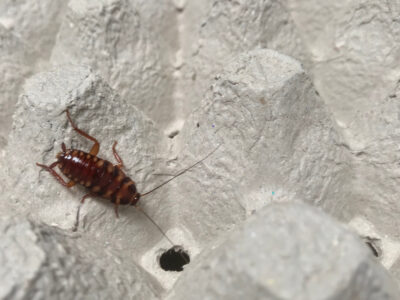
Brown-banded Cockroach
Females glue egg cases to furniture
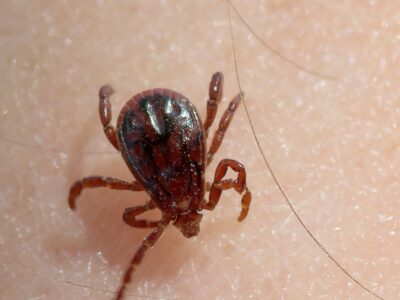
Brown Dog Tick
Can live its entire life indoors
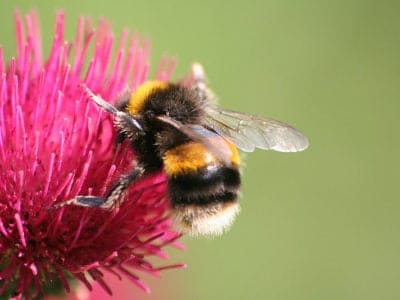
Bumblebee
The most common species of bee!
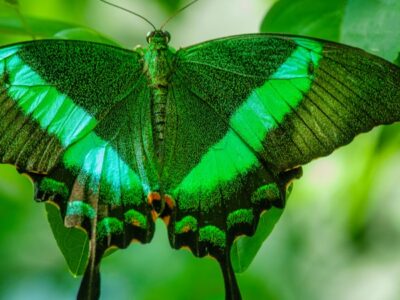
Butterfly
There are thought to be up 17,500 species!
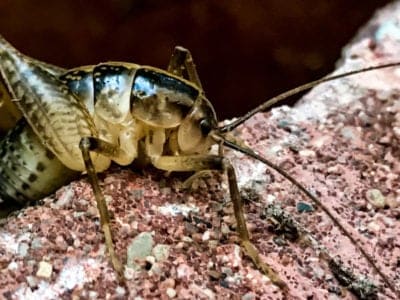
Camel Cricket
The camel crickets that are found in the USA are light brown in color. They also have dark streaks all over their body.
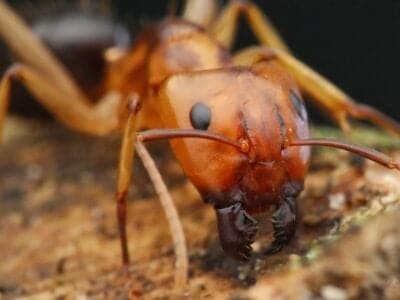
Carpenter Ant
Carpenter ants can lift up to seven times their own weight with their teeth!
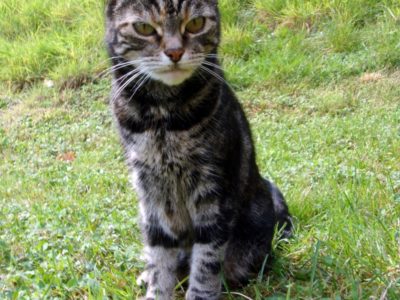
Cat
May have been domesticated up to 10,000 years ago.
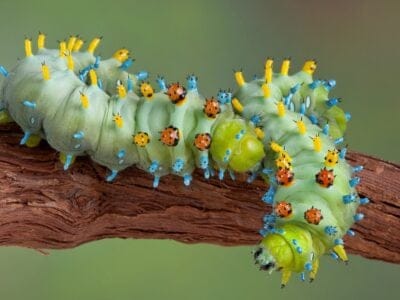
Caterpillar
The larvae of a moth or butterfly!
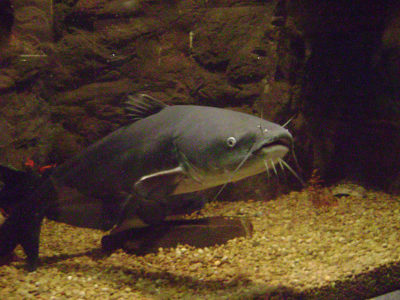
Catfish
There are nearly 3,000 different species!
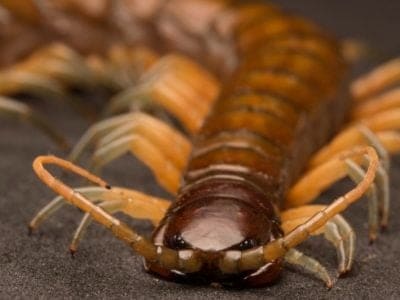
Centipede
There are about 3,000 documented species!
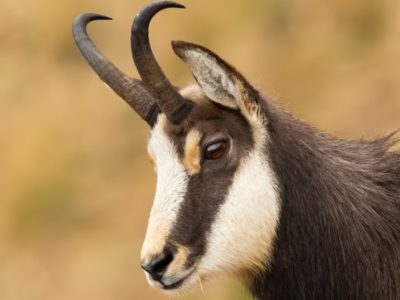
Chamois
Natively found in the European mountains!

Chicken
First domesticated more than 10,000 years ago!
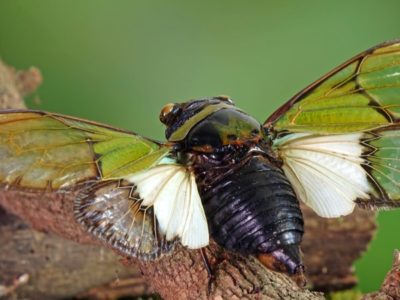
Cicada
Cicadas have one of the longest insect lifespans
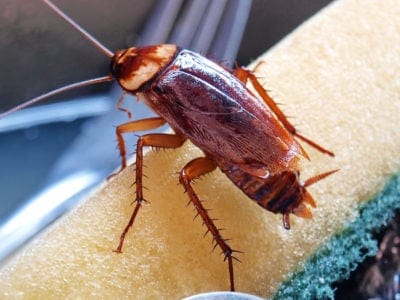
Cockroach
Dated to be around 300 million years old!
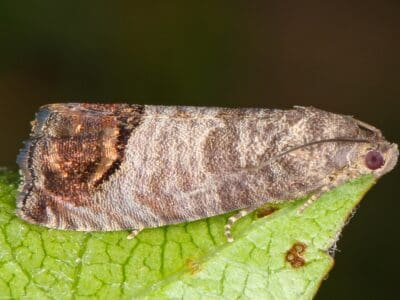
Codling Moth
Pupae are able to undergo diapause to survive poor fruit yield years and winter.
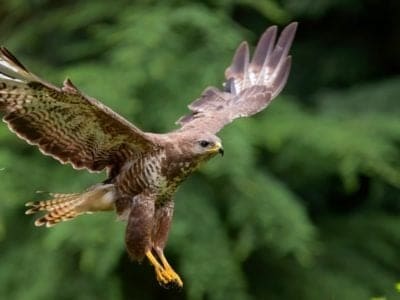
Common Buzzard
The most common raptor in the UK!
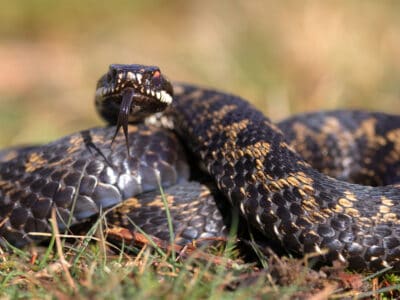
Common European Adder
European adders are the only snake that lives above the Arctic Circle.
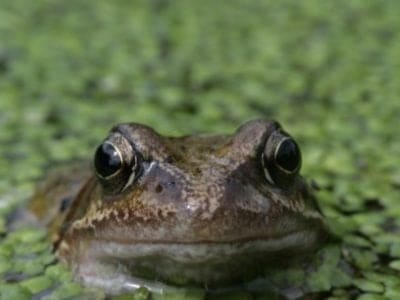
Common Frog
Found throughout the European continent!
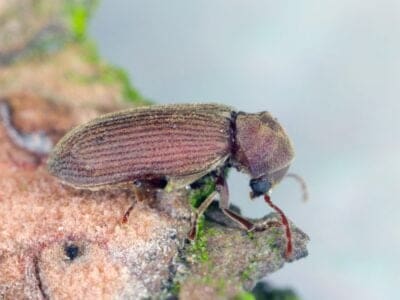
Common Furniture Beetle
The common furniture beetle feeds exclusively on wood
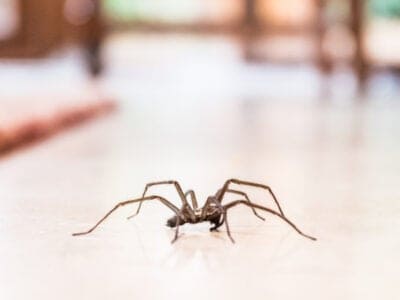
Common House Spider
House spiders have the ability to eat most insects in a home.
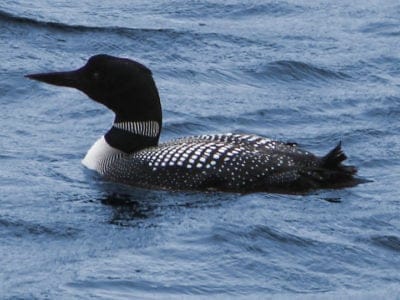
Common Loon
Also known as the Great Northern Diver

Common Raven
A group of ravens is called an unkindness or a conspiracy.
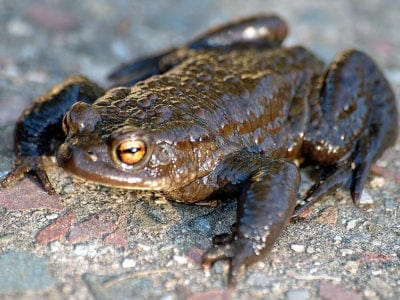
Common Toad
Most active in wet weather!
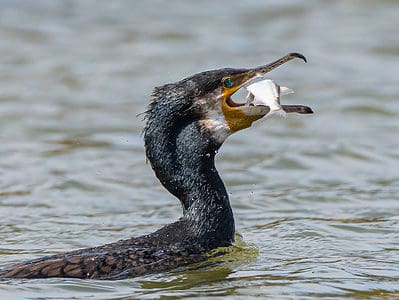
Cormorant
They can fly 35 mph and dive 150 feet below water.
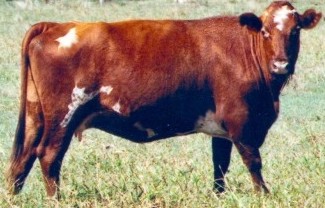
Cow
There are nearly 1.5 billion worldwide!
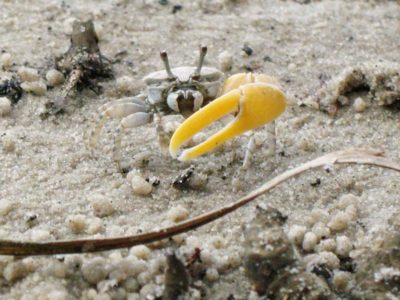
Crab
There are 93 different crab groups
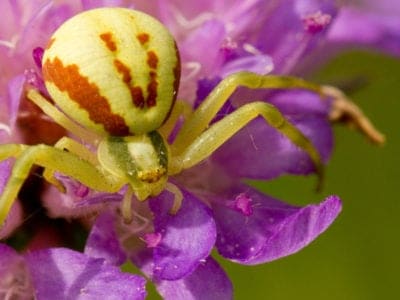
Crab Spider
Crab Spiders can mimic ants or bird droppings
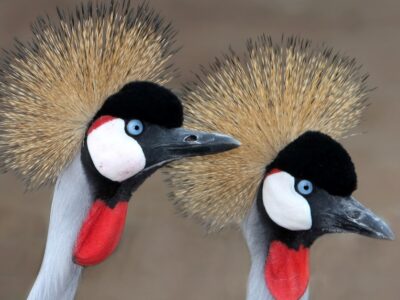
Crane
Many are critically endangered species!
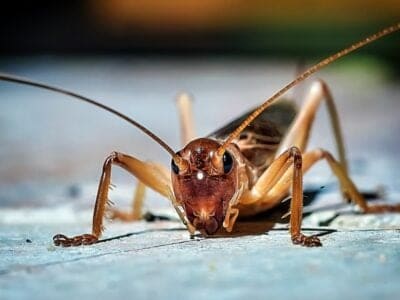
Cricket
Male crickets can produce sounds by rubbing their wings together
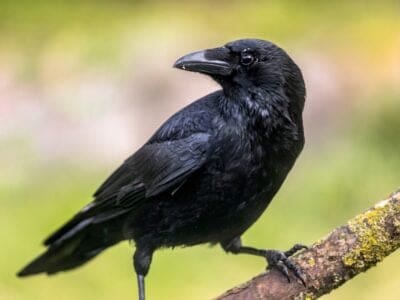
Crow
A group of these birds is called a Murder.
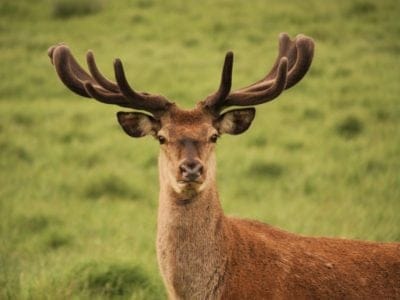
Deer
There are around 40 different species!
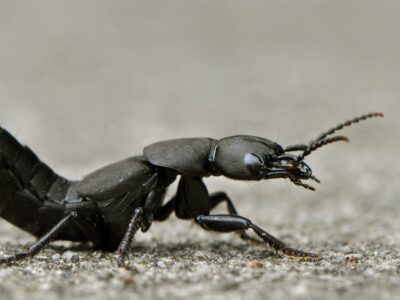
Devil’s Coach Horse Beetle
The Devil’s coach horse beetle can emit a noxious substance to deter predators

Dog
First domesticated in South-East Asia!
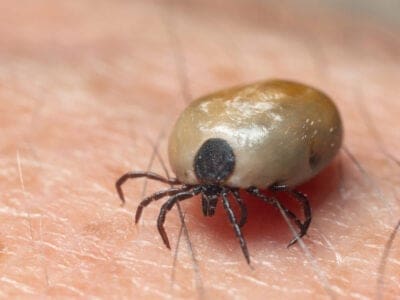
Dog Tick
Dog ticks feed on dogs and other mammals
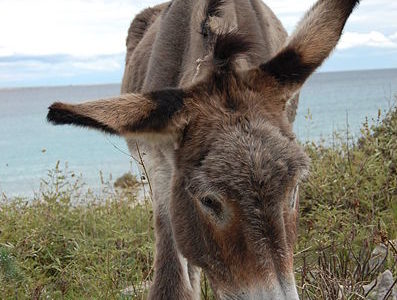
Donkey
First domesticated 5,000 years ago!
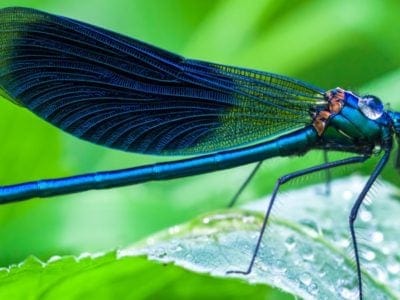
Dragonfly
It's larvae are carnivorous!
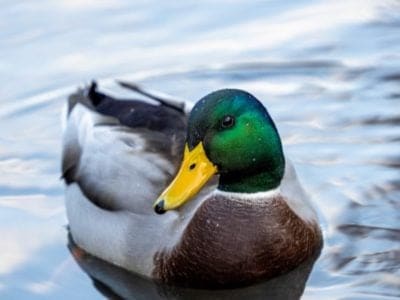
Duck
Rows of tiny plates line their teeth!
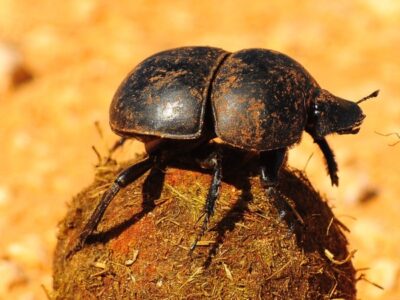
Dung Beetle
The dung beetle can push objects many times its own weight
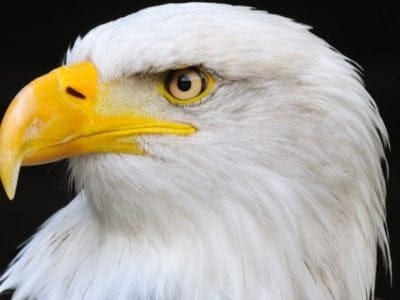
Eagle
Has exceptional eyesight!
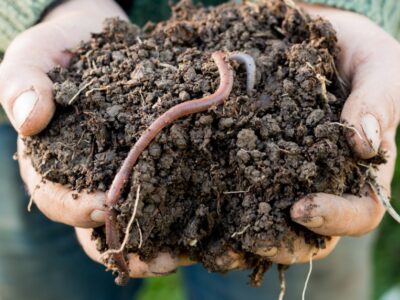
Earthworm
They are hermaphrodites, which means they have male and female organs
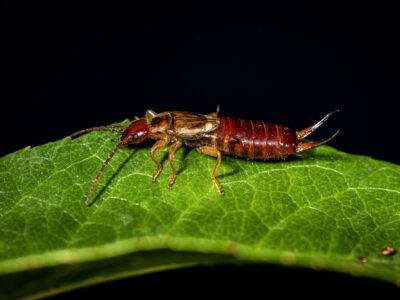
Earwig
There are nearly 2,000 different species!
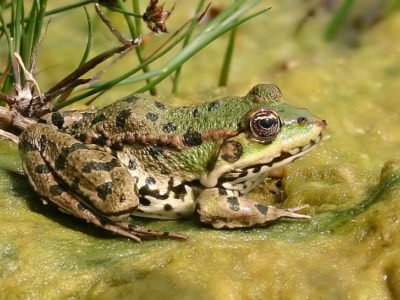
Edible Frog
Are known to guard the muddy banks!

Eel
Eels can be a mere few inches long to 13 feet!
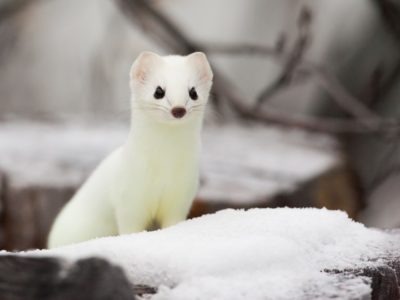
Ermine
A very bold and ferocious predator!
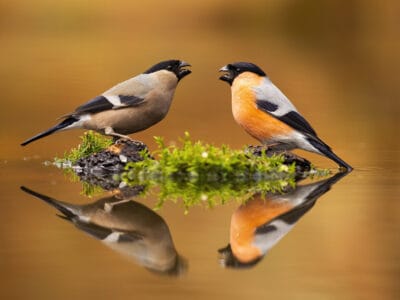
Eurasian Bullfinch
The shy eurasian bullfinch prefers to forage very close to cover.
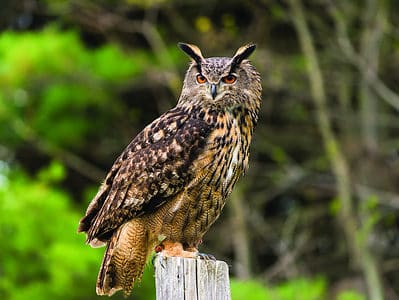
Eurasian Eagle-owl
The Eurasian Eagle-owl is the second largest owl in the world with a wingspan up to six feet!
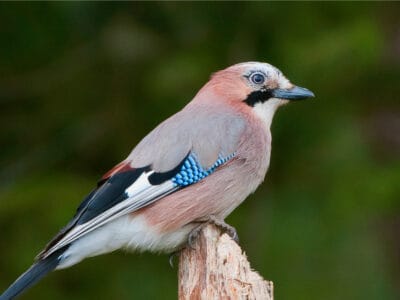
Eurasian Jay
The Eurasian jay has the ability to mimic other sounds
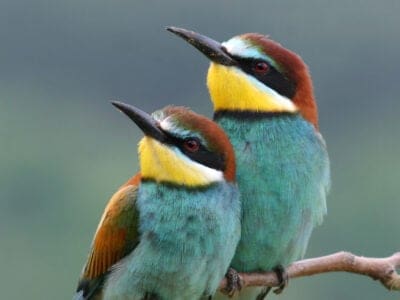
European Bee-Eater
They can eat up to 250 bees per day!
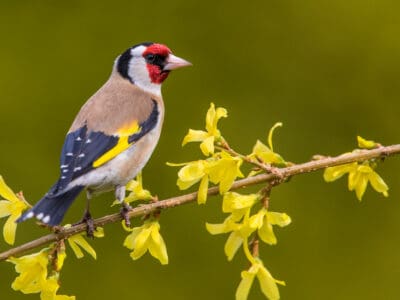
European Goldfinch
They are frequent visitors to backyard feeders, especially those containing niger seeds.
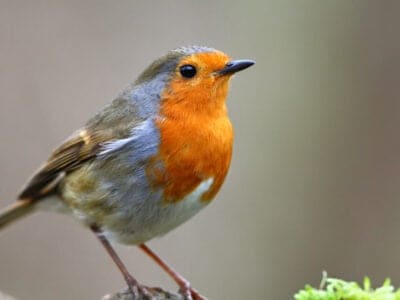
European Robin
Male robins are so aggressive and territorial that they will attack their own reflections.
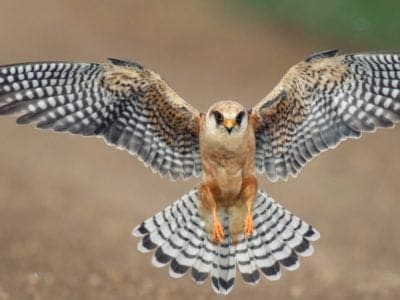
Falcon
The fastest creatures on the planet!
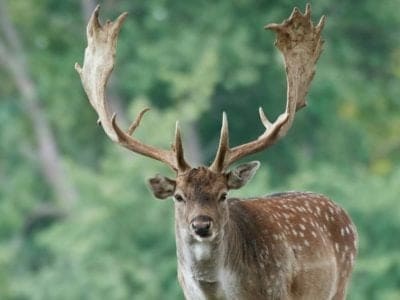
Fallow deer
The fallow deer has more variation in its coat colors than most other deer.
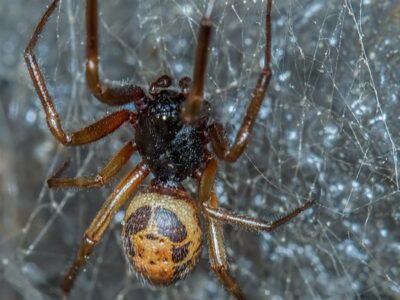
False Widow Spider
False spiders actually prey on black widow spiders and other hazardous spiders
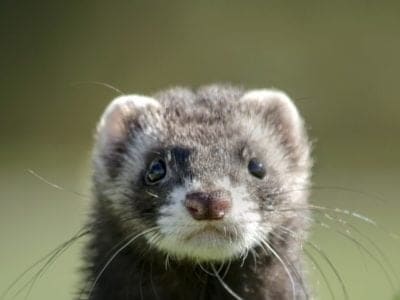
Ferret
Ferrets can be trained to do tricks like dogs!
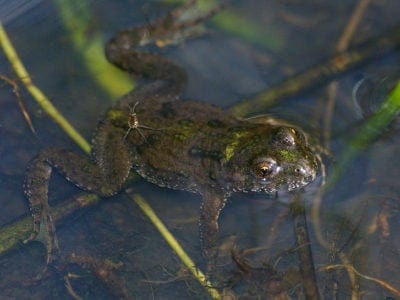
Fire-Bellied Toad
Found across mainland Europe and Asia!
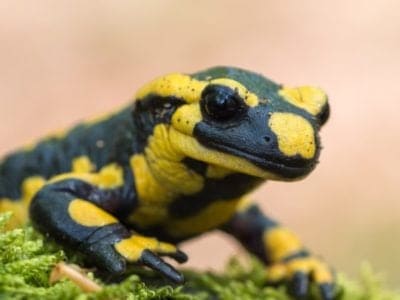
Fire Salamander
Its name comes from the fact that people once believed it was born in fire
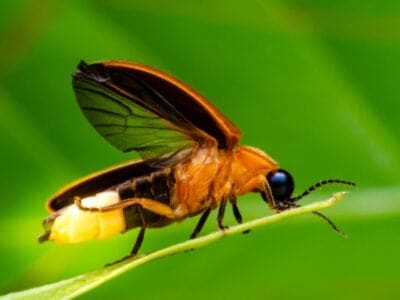
Firefly
The firefly produces some of the most efficient light in the world
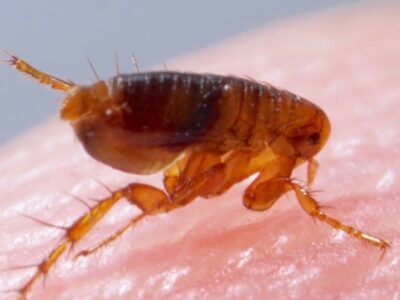
Flea
Adult fleas can jump up to 7 inches in the air
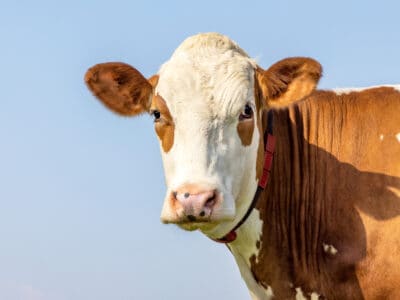
Fleckvieh Cattle
Besides being bred for milk and meat, these cattle were also used as draft oxen.
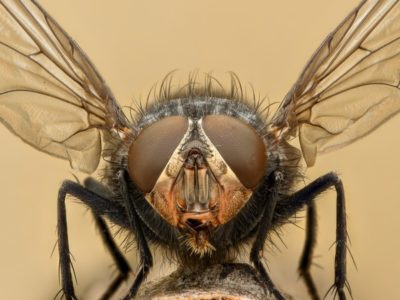
Fly
There are more than 240,000 different species!
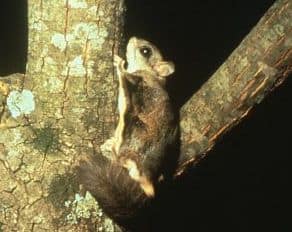
Flying Squirrel
Can glide up to 90 meters!
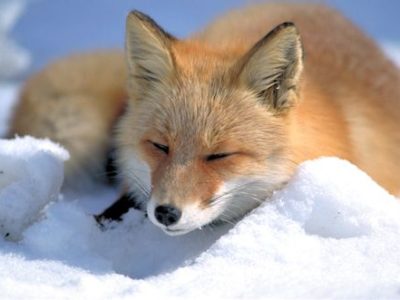
Fox
Only 12 species are considered "true foxes"
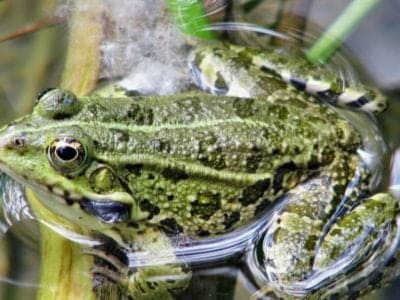
Frog
There are around 7,000 different species!

Fruit Fly
Fruit flies are among the most common research animals in the world
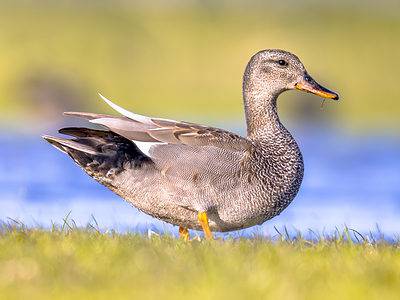
Gadwall
They make many sounds when trying to attract a mate.
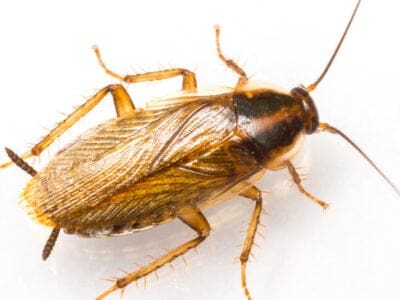
German Cockroach
The most common type of urban roach
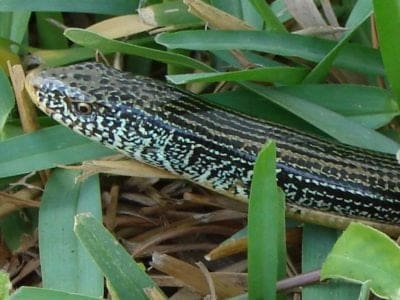
Glass Lizard
Can grow up to 4ft long!
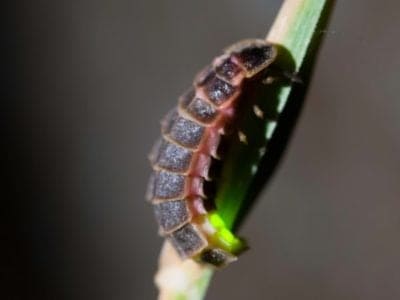
Glowworm
Found inhabiting dense woodland and caves!
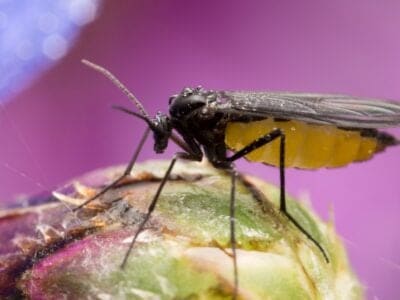
Gnat
Males form large mating swarms at dusk
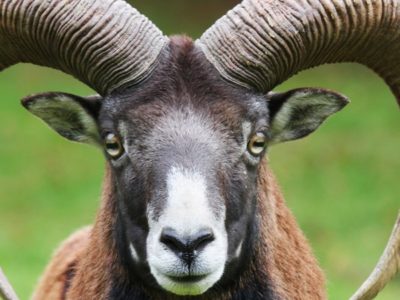
Goat
Most closely related to the Sheep!
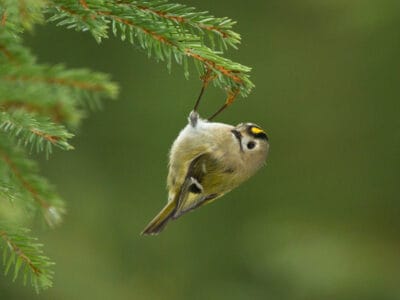
Goldcrest
The goldcrest never starts moving and needs to consume for most of the day to survive. Therefore, in the colder months, it's best that eat 90% a day.
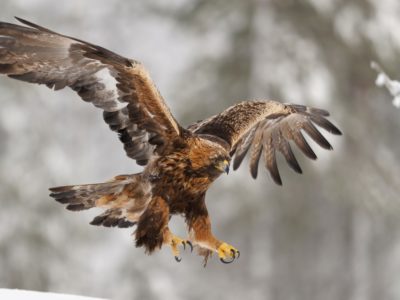
Golden Eagle
Their calls sound like high-pitched screams, but they are quiet most of the time.
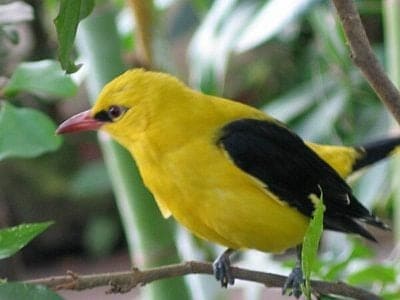
Golden Oriole
Migrates between Europe and Asia!
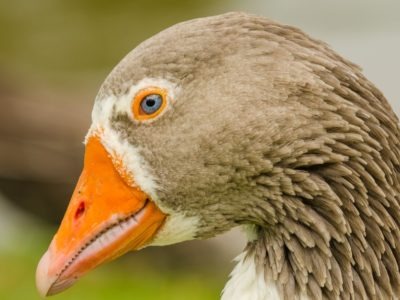
Goose
There are 29 different species!
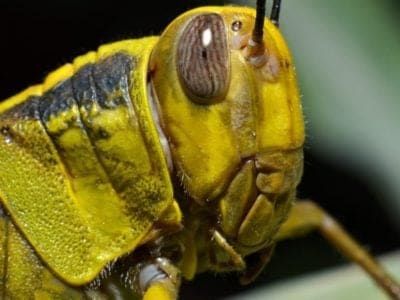
Grasshopper
There are 11,000 known species!
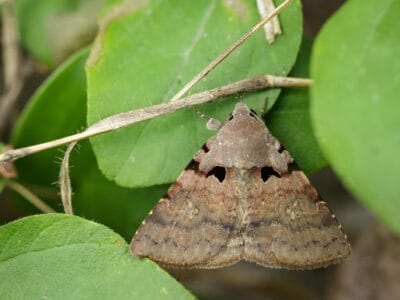
Gypsy Moth
One of the most invasive species in the world
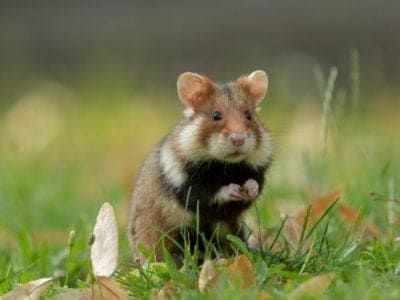
Hamster
Able to run as quickly backwards as forwards!
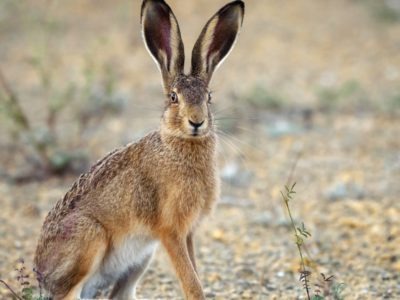
Hare
Can reach speeds of over 50 mph!
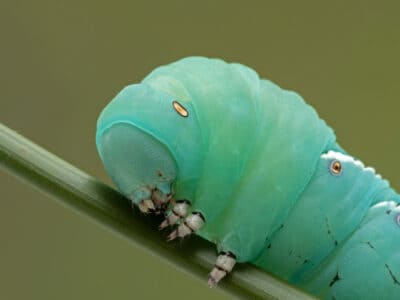
Hawk Moth Caterpillar
Many hawk moth caterpillars eat toxins from plants, but don’t sequester them the way milkweed butterflies do. Most toxins are excreted.
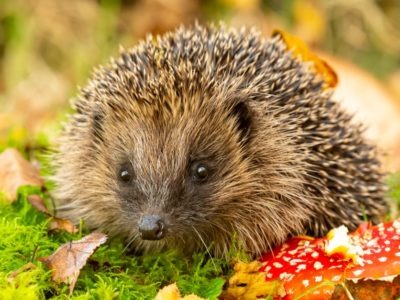
Hedgehog
Thought to be one of the oldest mammals on Earth!
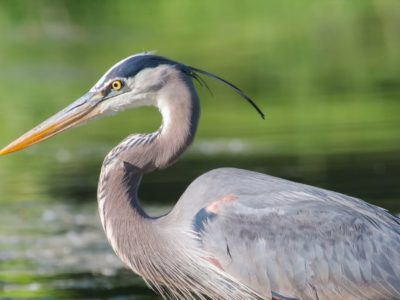
Heron
Inhabits wetlands around the world!
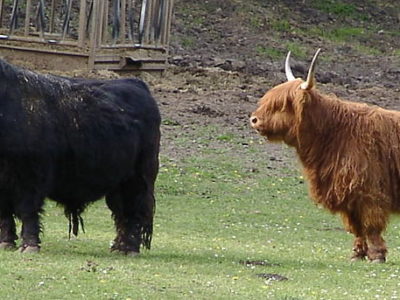
Highland Cattle
Natively found in the Scottish Highlands!
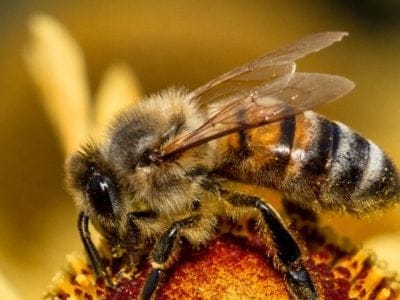
Honey Bee
There are only 8 recognized species!
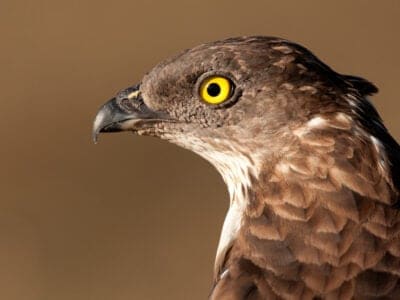
Honey Buzzard
Honey buzzards are medium-sized raptors that earned their names by raiding the nests of bees and wasps.
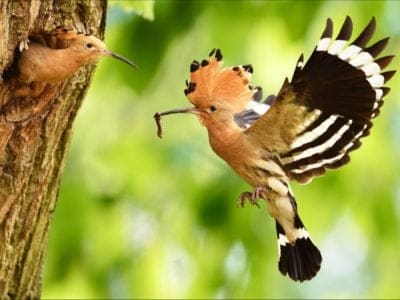
Hoopoe
Stunning bird with a stinky way to deter predators!

Horse
Has evolved over 50 million years!
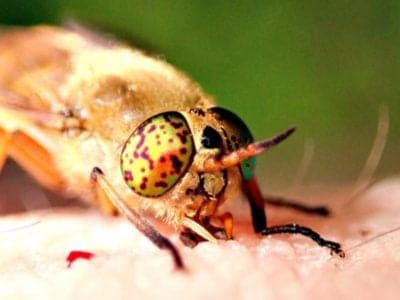
Horsefly
Horseflies have been seen performing Immelmann turns, much like fighter jets.
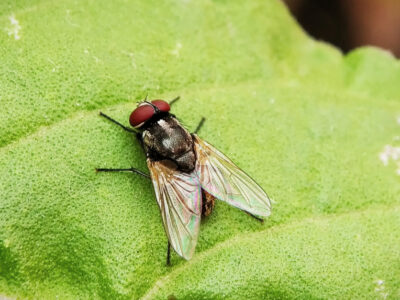
Housefly
The fly has no teeth

Human
Thought to have orignated 200,000 years ago!
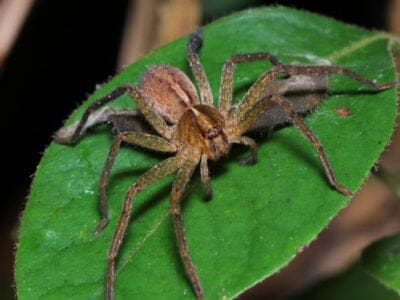
Huntsman Spider
Some huntsman spiders have an interesting way of moving around. Some cartwheel while others do handsprings or backflips.
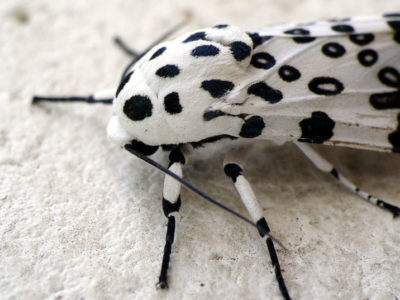
Insects
There are an estimated 30 million species!
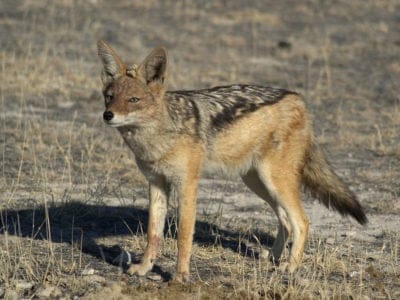
Jackal
Can maintain speeds of 16 km/h!
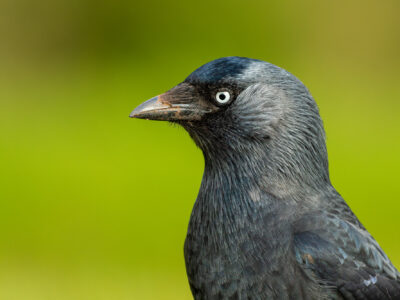
Jackdaw
The jackdaw tends to mate for life with a single partner
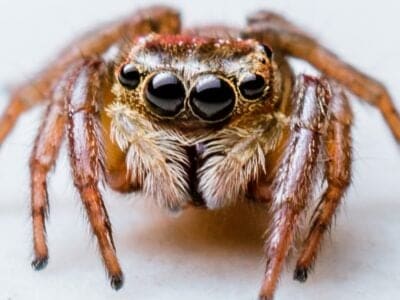
Jumping Spider
Some can jump 50 times the length of their bodies

King Eider
The species name, spectabilis, is Latin for “showy” or “remarkable,” referencing the attractiveness of the adult male’s plumage.
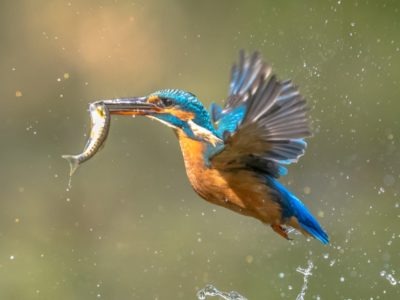
Kingfisher
Inhabits wetlands and woodlands worldwide!

Kuvasz
Ownership of this dog was once restricted to the Hungarian nobility
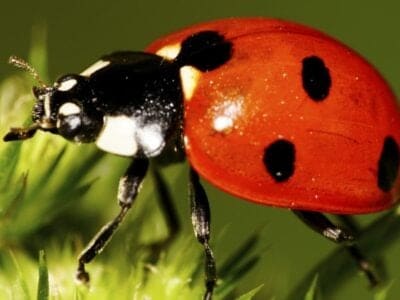
Ladybug
There are more than 5,000 species worldwide!
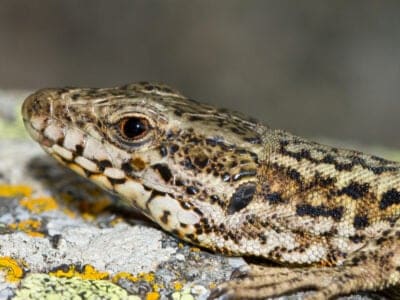
Lazarus Lizard
Lazarus Lizards can communicate through chemical and visual signals.
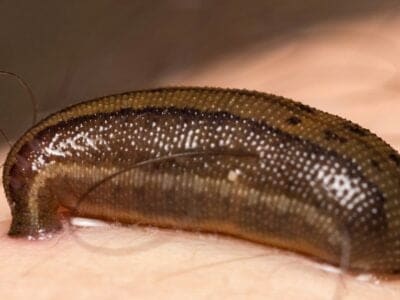
Leech
Has 10 pairs of eyes!
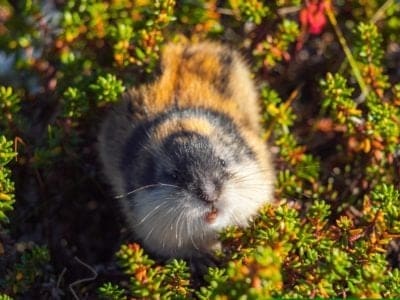
Lemming
Does not hibernate during the bitter Arctic winter!
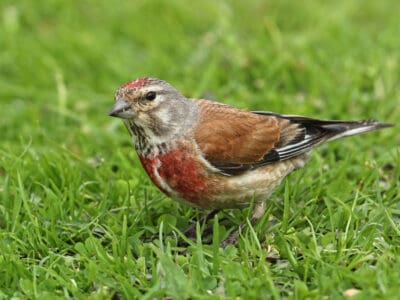
Linnet
While linnets are monogamous during mating season, they do not mate for life. While breeding pairs are together, the males are highly territorial and will defend the nesting site and the surrounding area.
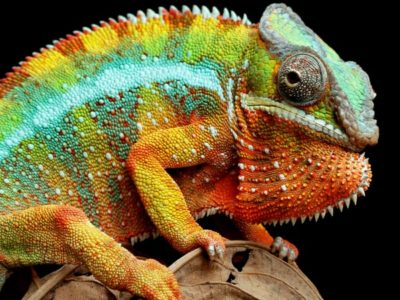
Lizard
There are around 5,000 different species!
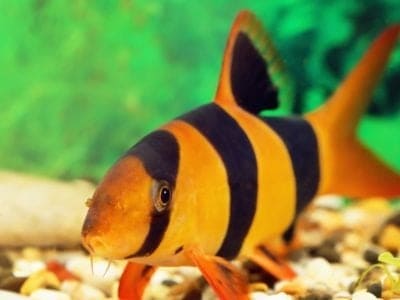
Loach
Have sharp spines below their eyes
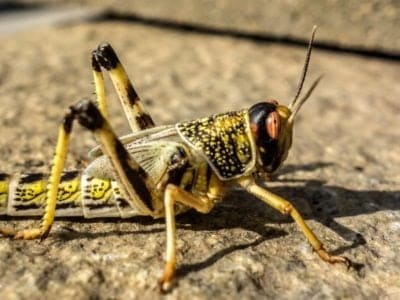
Locust
Each locust can eat its weight in plants each day.
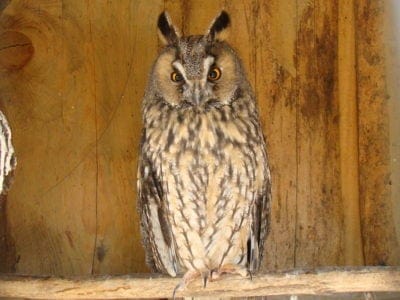
Long-Eared Owl
Ear tufts make it look bigger!
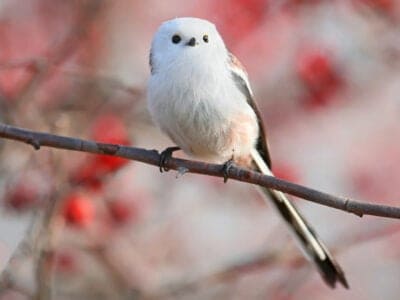
Long-Tailed Tit
Often hangs upside down while feeding!
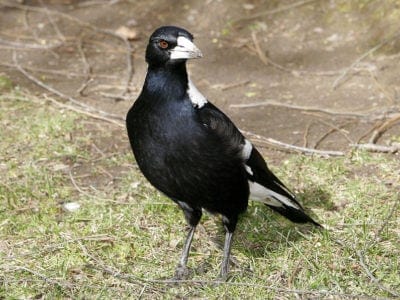
Magpie
They are found across Europe, Asia and Africa!

Magyarosaurus
Magyarosaurus is the smallest sauropod dinosaur to have ever lived
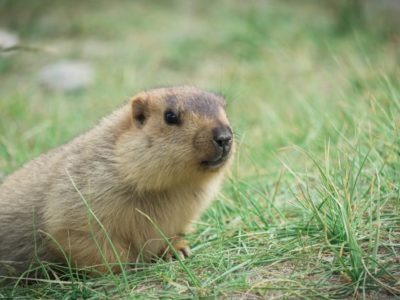
Marmot
A marmot spends 80% of its life below ground
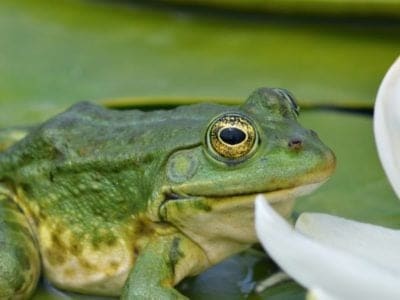
Marsh Frog
Has bright green skin!
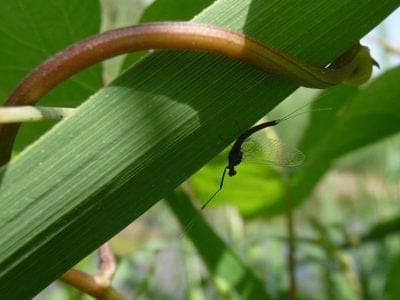
Mayfly
There are 2,500 known species worldwide!
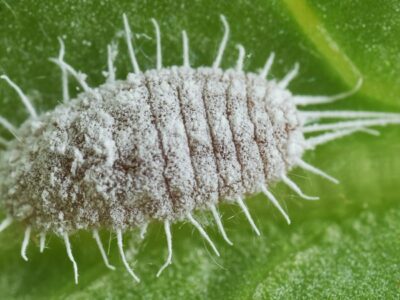
Mealybug
They have a symbiotic relationship with ants.
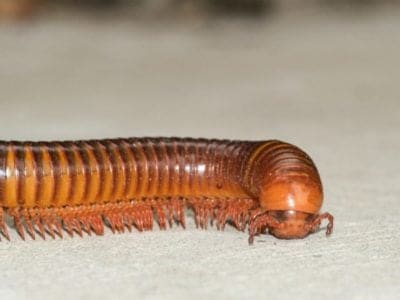
Millipede
Some species have a poisonous bite!
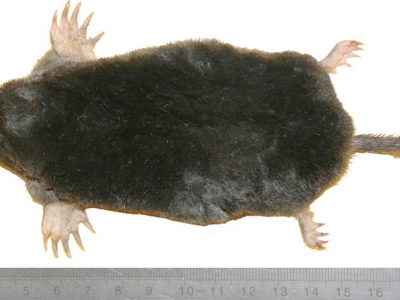
Mole
Primarily hunts and feeds on Earthworms!
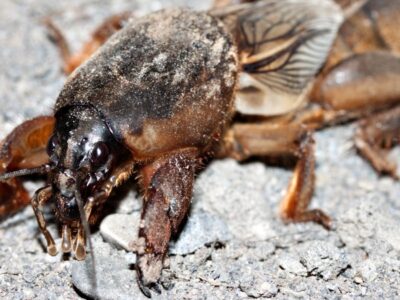
Mole Cricket
Adult Mole crickets may fly as far as 5 miles during mating season and are active most of the year.

Mongrel
Has characteristics of two or more breeds!
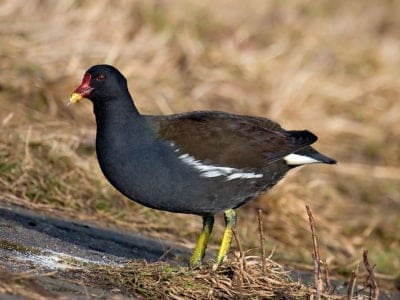
Moorhen
Feeds on aquatic insects and water-spiders!
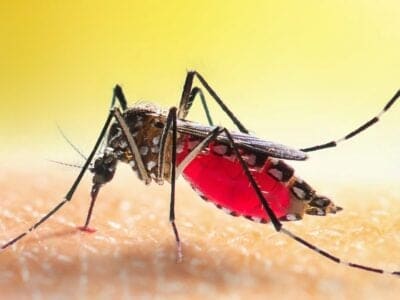
Mosquito
Only the female mosquito actually sucks blood
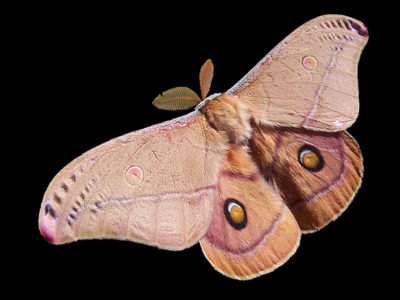
Moth
There are 250,000 different species!
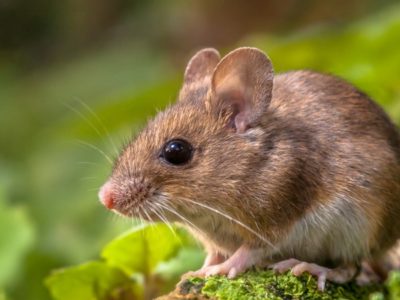
Mouse
Found on every continent on Earth!

Mudi
Mudi dogs have a reputation for being able to control a herd of 500 sheep.

Mule
The offspring of a horse and donkey parents!
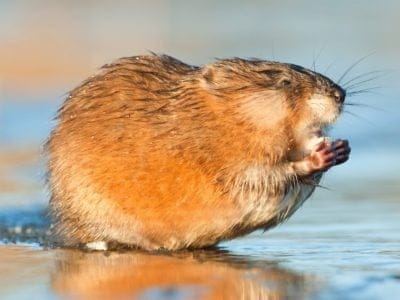
Muskrat
The muskrat can stay underwater up to 17 minutes at a time

Neanderthal
Roamed Asia and Europe for around 100,000 years!
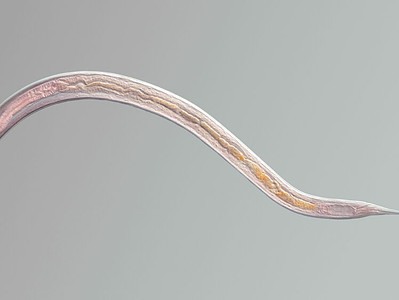
Nematode
Nematodes range in size from 1/10 of an inch to 28 feet long
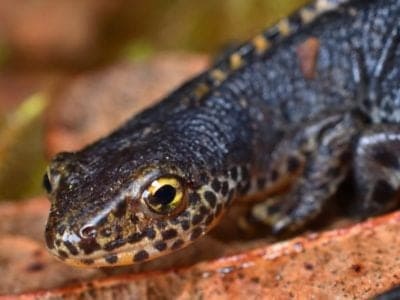
Newt
Able to regrow lost or damaged limbs!
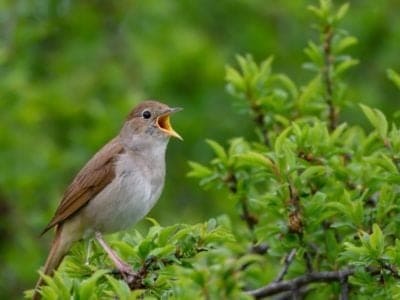
Nightingale
Named more than 1,000 years ago!
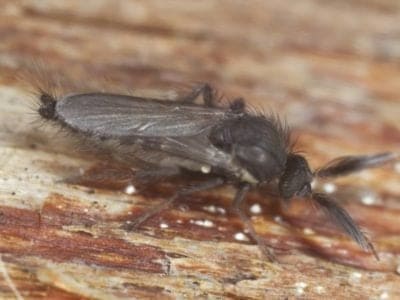
No See Ums
There are more than 5,000 species.
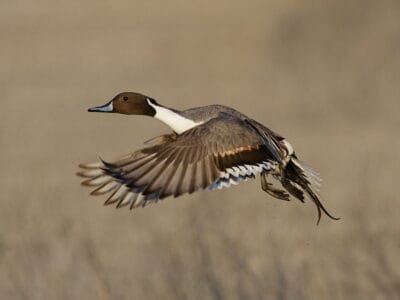
Northern Pintail
Northern pintails migrate at night with speeds reaching 48 miles per hour!
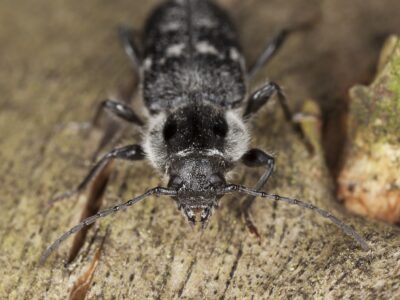
Old House Borer
Depending on the habitat and climate, these beetles can live between 2 to 10 years, often staying in their larval stage for several years, making them extremely dangerous to wooden structures.
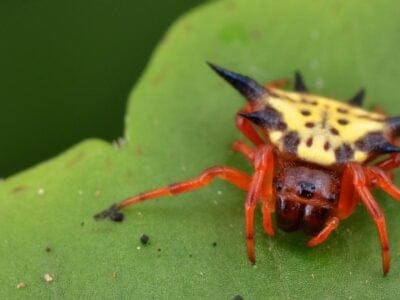
Orb Weaver
Females are about four times the size of males
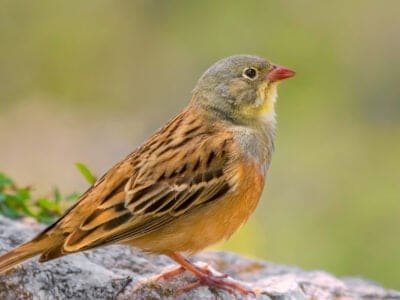
Ortolan Bunting
The tradition of hiding your face with a napkin or towel while eating this bird was begun by a priest who was a friend of the great French gastronome Jean Anthelme Brillat-Savarin.
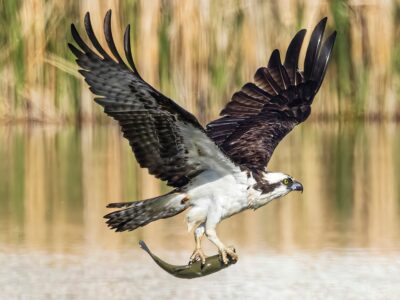
Osprey
They reuse nesting sites for 70 years!

Otter
There are 13 different species worldwide
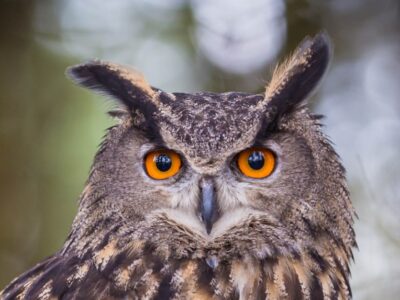
Owl
The owl can rotate its head some 270 degrees
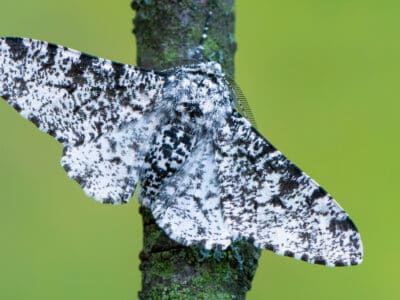
Peppered Moth
Teachers in schools often use the evolution of the peppered moth as a good example of Darwin’s theory of natural selection.
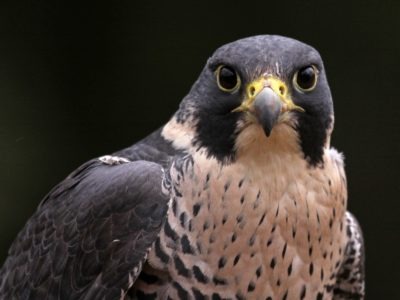
Peregrine Falcon
Fastest animal on Earth
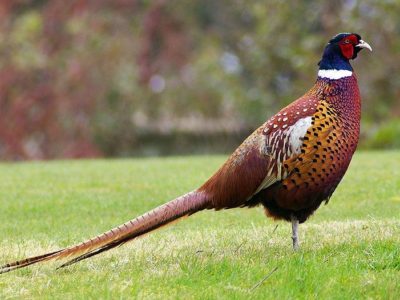
Pheasant
Females lay between 8 and 12 eggs per clutch!
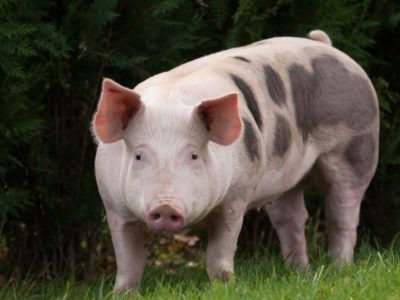
Pig
Thought to have been domesticated in 9,000 BC!
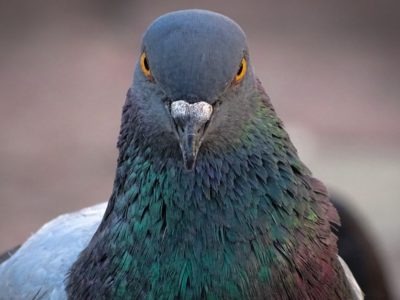
Pigeon
They can find their way back to their nests from up to 1300 miles away.
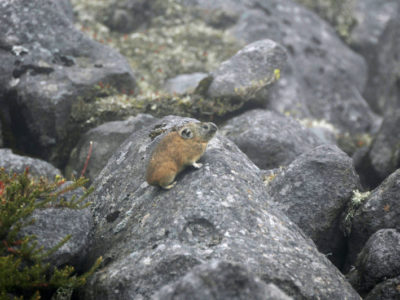
Pika
Found in mountainous regions and rocky areas
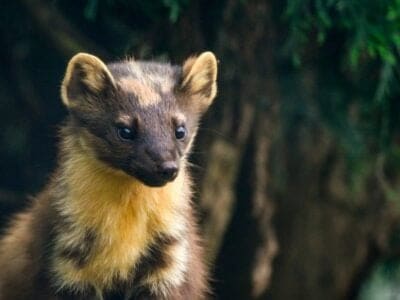
Pine Marten
A pine marten can jump from tree to tree similar to a squirrel.
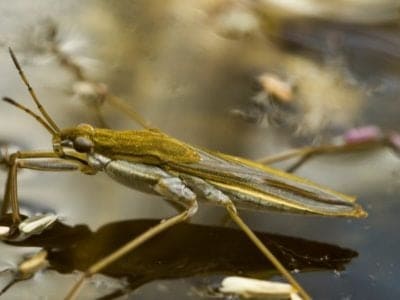
Pond Skater
There are 500 different species!
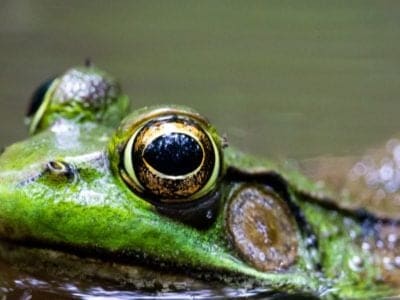
Pool Frog
The rarest amphibian in the UK!
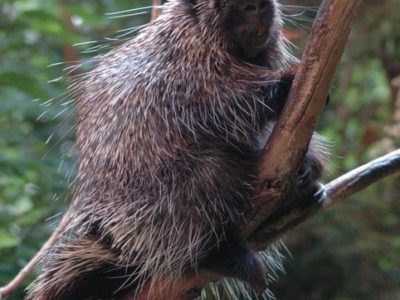
Porcupine
There are 30 different species worldwide!

Pumi
Pumik developed their loud bark to communicate with shepherds at long distances.
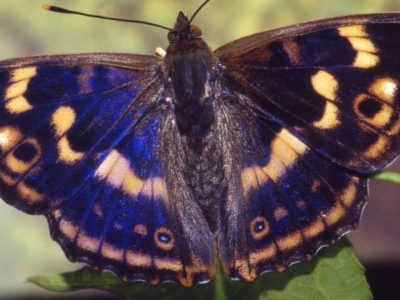
Purple Emperor Butterfly
Inhabits deciduous forests!
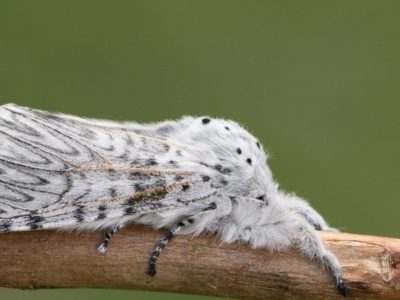
Puss Moth
Caterpillars squirt formic acid!
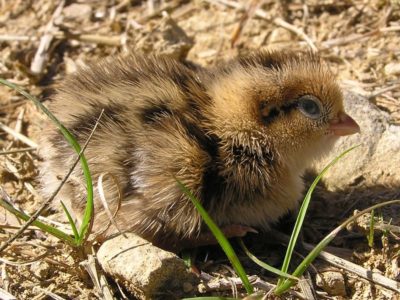
Quail
Inhabits woodland and forest areas worldwide!
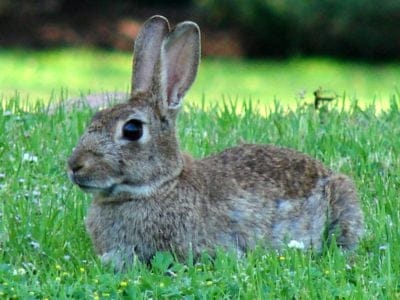
Rabbit
There are more than 300 different species!
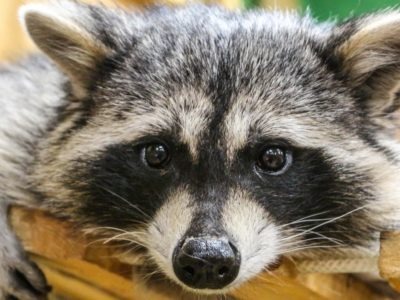
Raccoon
Known to wash their food before eating it!
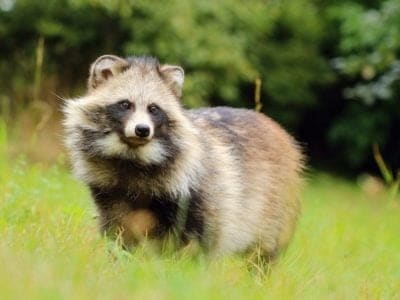
Raccoon Dog
The only hibernating canine!
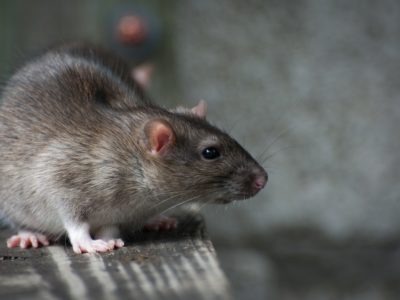
Rat
Omnivores that eat anything!

Rat Snakes
Rat snakes are constrictors from the Colubridae family of snakes.

Red Deer
A male red deer shows his age in his antlers, which become longer and more branched every year.
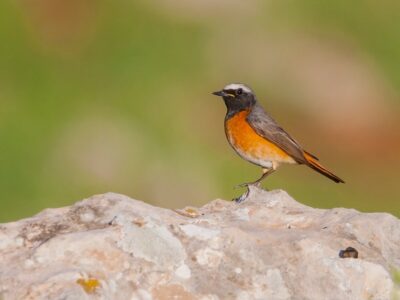
Redstart
They build their nests off the ground in tree holes, cavities, stone walls, and roofs
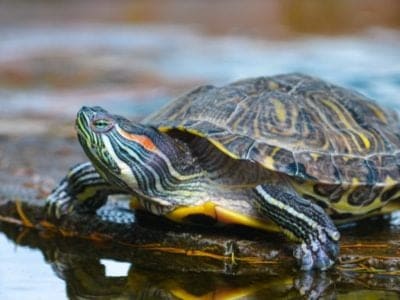
River Turtle
Inhabits freshwater habitats around the world!
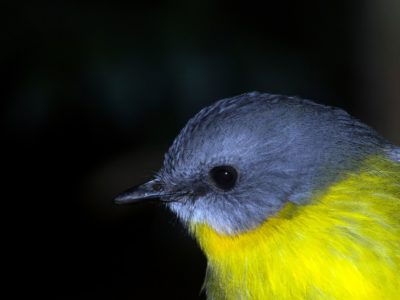
Robin
There are more than 45 species in Australia alone!
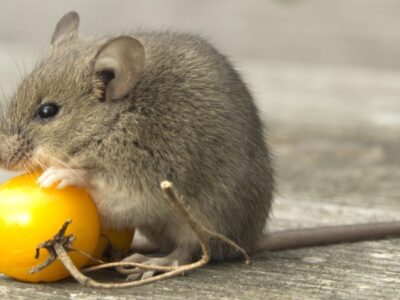
Rodents
The capybara, the world’s largest rodent, likes to be in and around bodies of water. Because of this, the Catholic Church in South America decided that it was a fish, and people were allowed to eat it during Lent and First Fridays.
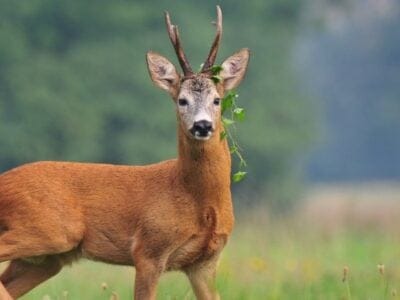
Roe Deer
The roe is one of the most popular game animals in Europe
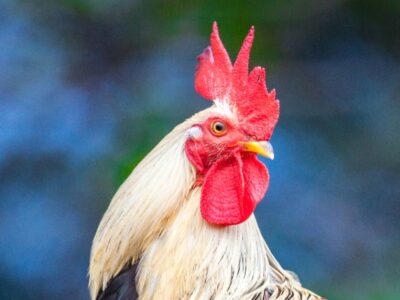
Rooster
Will mate with the entire flock!
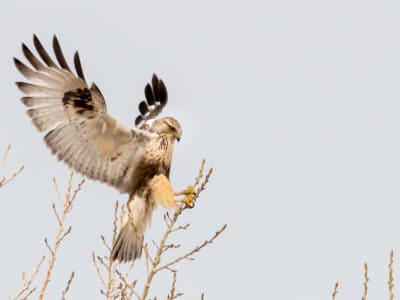
Rough-Legged Hawk (Rough-Legged Buzzard)
Its scientific name, lagopus, is Ancient Greek for “hare” and “foot,” referring to its feathered feet and toes.
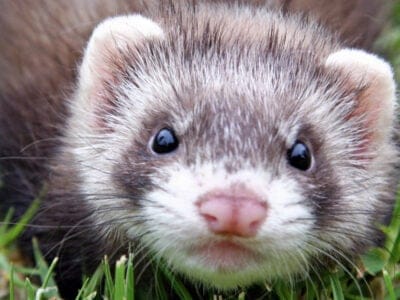
Sable Ferret
Ferrets were used during the Revolutionary War to keep down the rat population.
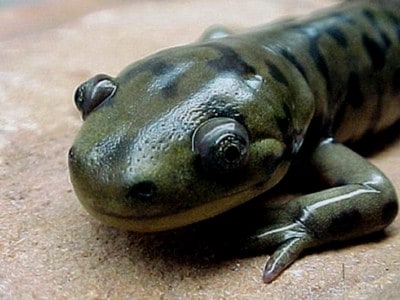
Salamander
There are more than 700 different species!
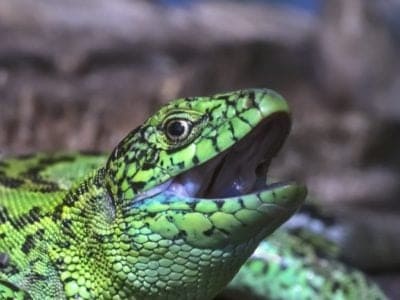
Sand Lizard
Males turn green in spring!
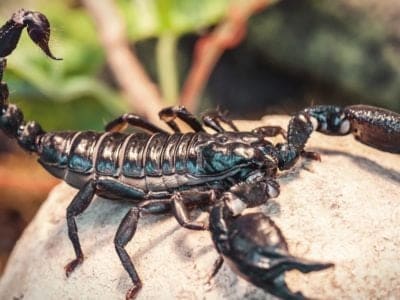
Scorpion
There are around 2,000 known species!
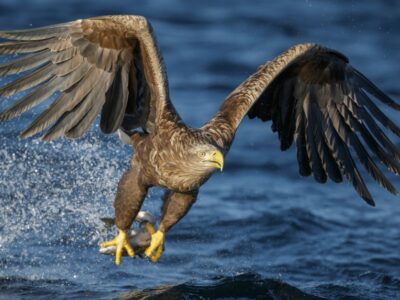
Sea Eagle
The sea eagle tends to mate for life with a single partner

Seahorse
Males give birth to up to 1,000 offspring!
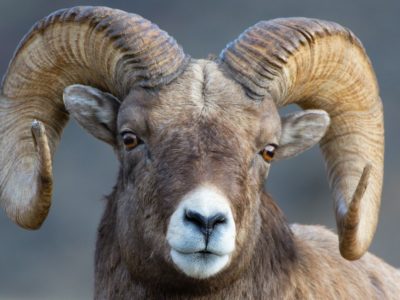
Sheep
Around 35 million in the English countryside!
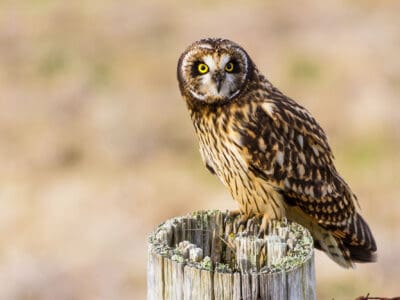
Short-Eared Owl
The short-eared owl is one of the most widespread owl species in the world, covering five continents.
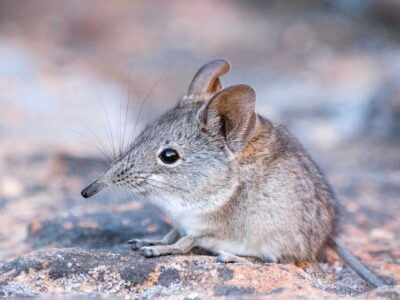
Shrew
The spinal column of the shrew Scutisorex somereni is so strong and reinforced that it can support the weight of an adult human.
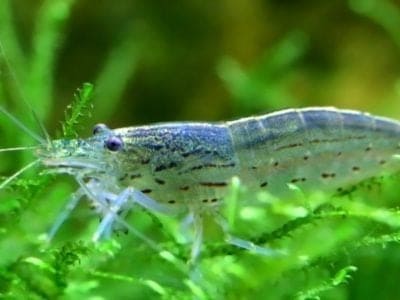
Shrimp
There are 2,000 different species worldwide!
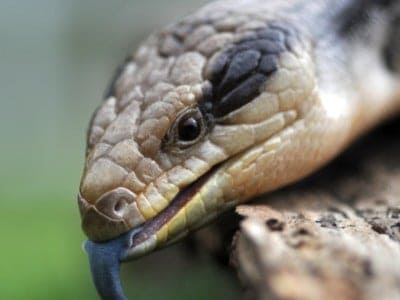
Skink Lizard
Some skinks lay eggs in some habitats while giving birth to skinklets in other habitats.
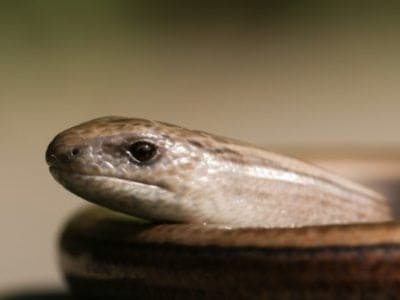
Slow Worm
Found widely throughout British gardens!
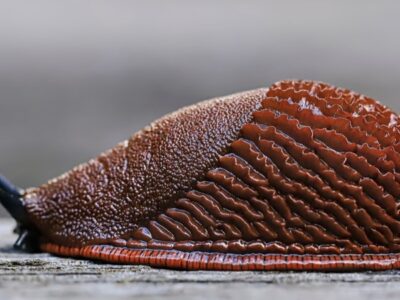
Slug
They glide around on one foot, which is aided by the slime they produce
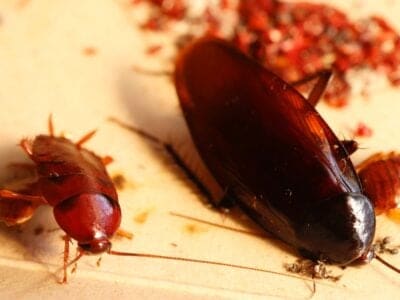
Smokybrown Cockroach
Has up to 45 eggs per egg case
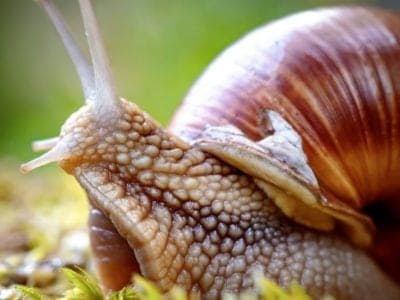
Snail
There are nearly 1,000 different species!
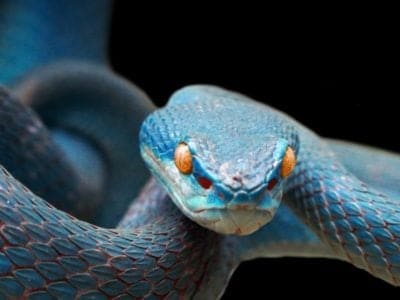
Snake
There are around 4,000 known species worldwide
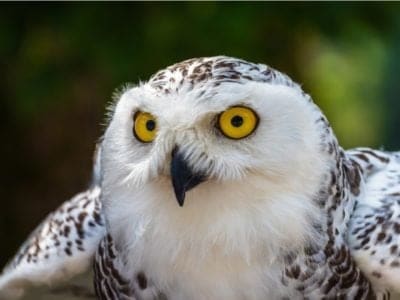
Snowy Owl
One of the largest owl species in the world!
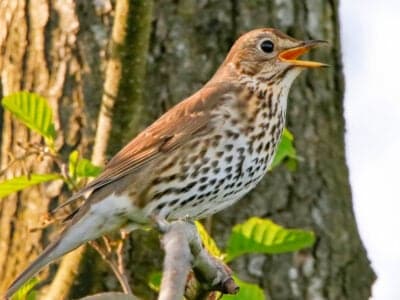
Song Thrush
A male song thrush can have over 100 phrases in his repertoire of songs and can imitate pet birds, telephones and other man-made objects.
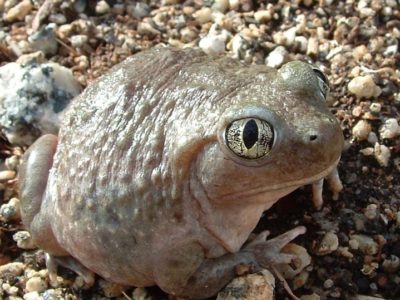
Spadefoot Toad
They spend most of their time underground!
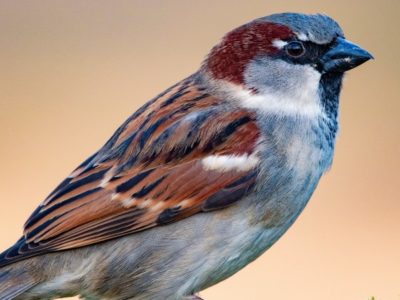
Sparrow
There are 140 different species!
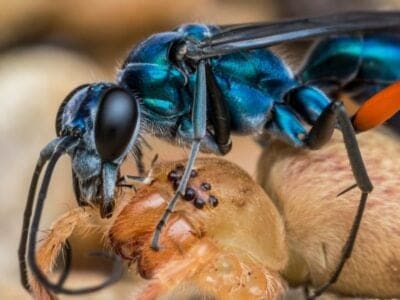
Spider Wasp
They prey on spiders to feed their larvae or they parasitize other spider wasps.
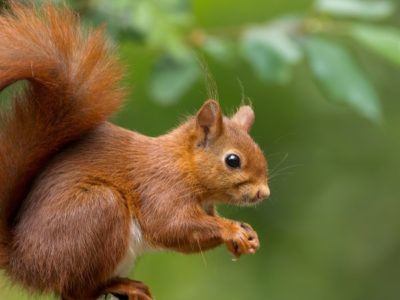
Squirrel
Small rodents found in woodlands worldwide!
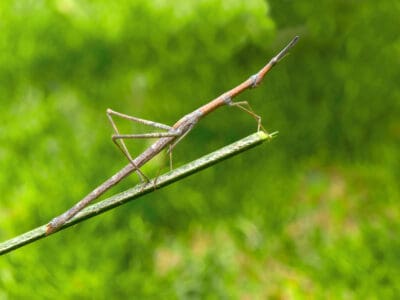
Stick Insect
There are more than 3,000 different species!
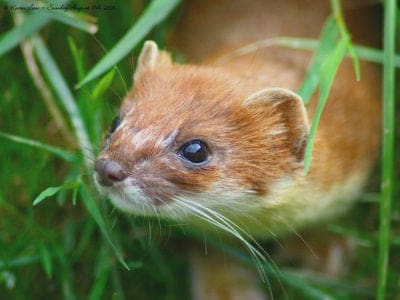
Stoat
Average adults weigh about 200 grams!
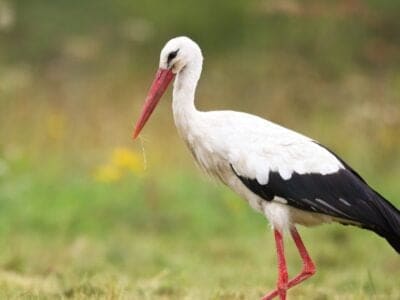
Stork
They can’t sing like other birds.
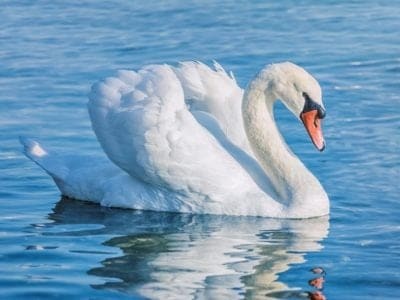
Swan
Populations have been affected by pollution!
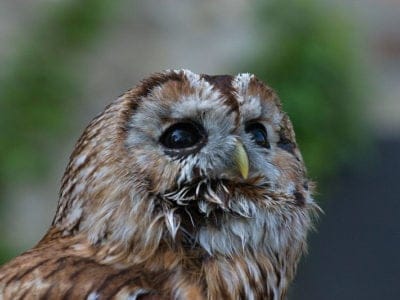
Tawny Owl
The most widespread owl in Europe!

Termite
Their mounds can be up to 9 meters tall!
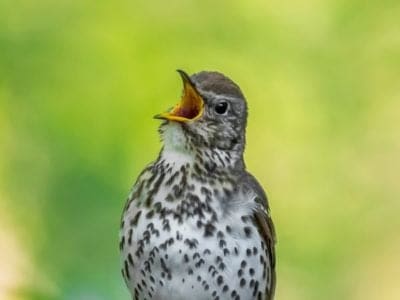
Thrush
The American robin is called the robin because its red breast reminded European settlers of the robin back in the old country.
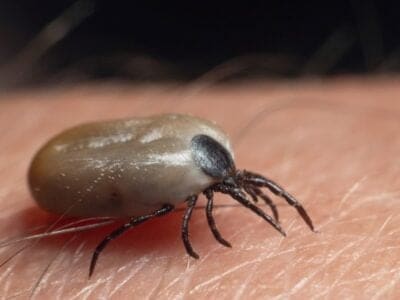
Tick
They inject hosts with a chemical that stops them from feeling the pain of the bite
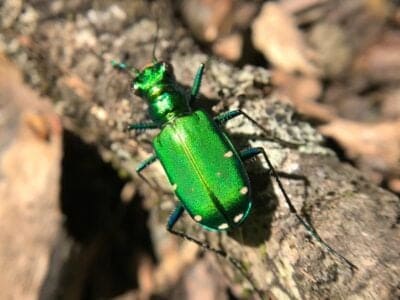
Tiger Beetle
The adult tiger beetle is one of the fastest land insects in the world
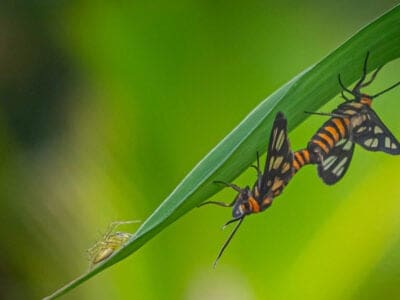
Tiger Moth
The bright colors of this moth are a signal to predators that it has a terrible taste.
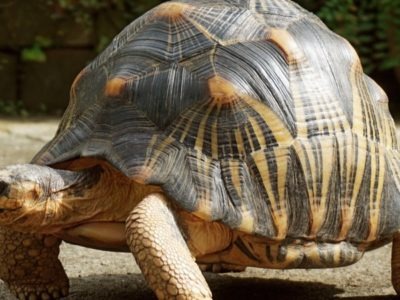
Tortoise
Can live until they are more than 150 years old!

Transylvanian Hound
The Transylvanian Hound is also known as the Erdelyi Kopo in Hungarian
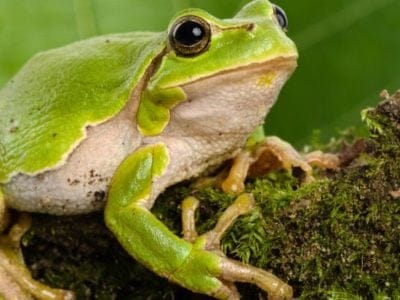
Tree Frog
Found in warmer jungles and forests!

Turtles
Some species of aquatic turtles can get up to 70 percent of their oxygen through their butt.
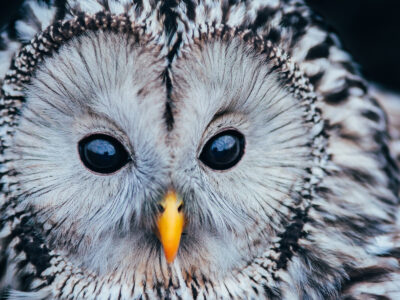
Ural owl
The Ural owl can rotate its head up to 270 degrees
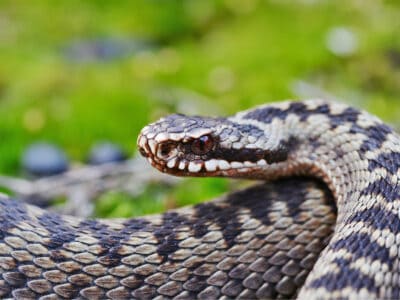
Viper
Vipers are one of the most widespread groups of snakes and inhabit most

Vizsla
Vizsla means searcher or tracker in Hungarian
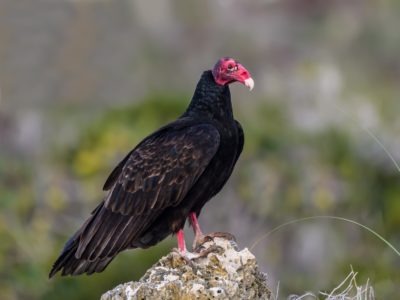
Vulture
There are 30 different species worldwide!
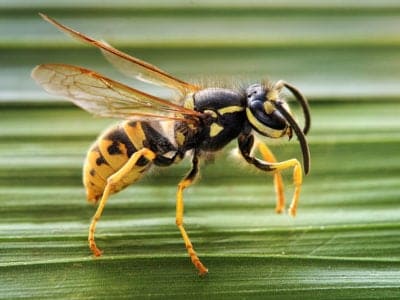
Wasp
There are around 75,000 recognised species!
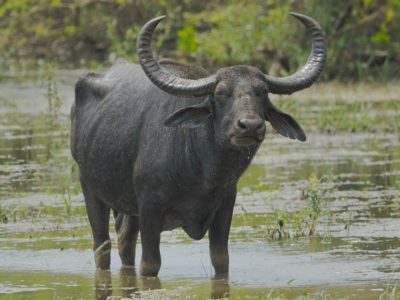
Water Buffalo
Has been domesticated for thousands of years!
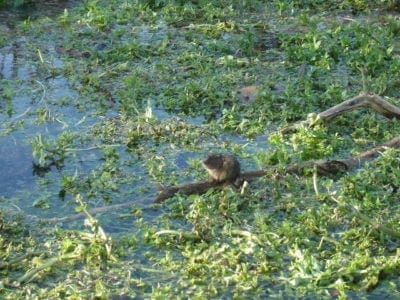
Water Vole
The largest Vole species in the UK!
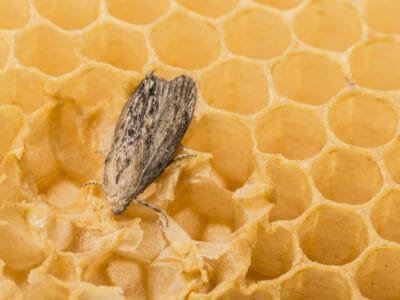
Wax Moth
The Wax Moth larvae are more dangerous than the adult.
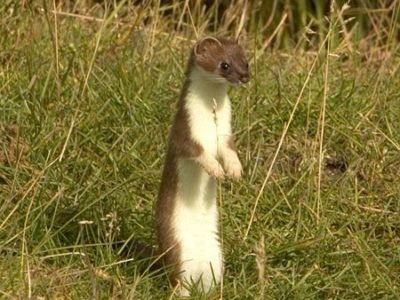
Weasel
The smallest carnivorous mammal in the world!
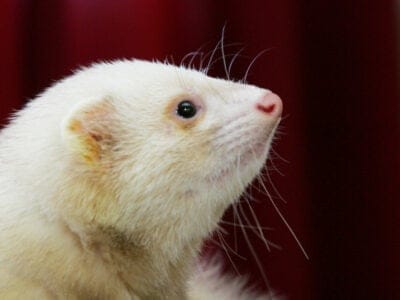
White Ferret / Albino Ferrets
There are two different types of white ferrets!
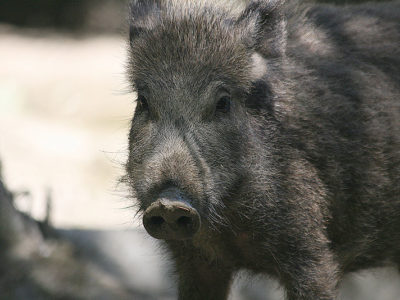
Wild Boar
Males have a top tusk to sharpen the bottom one!
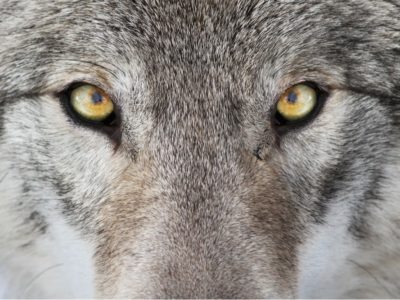
Wolf
Thought to date back more than 300,000 years!
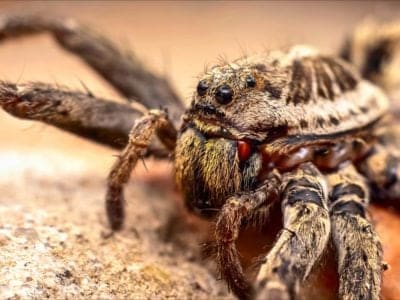
Wolf Spider
Carnivorous arachnid that hunts its prey.
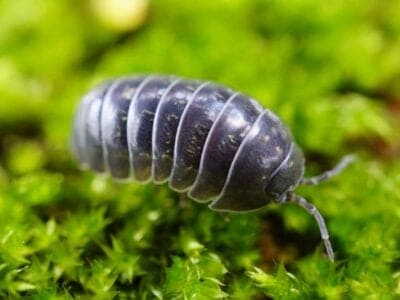
Woodlouse
This animal can roll up into a ball
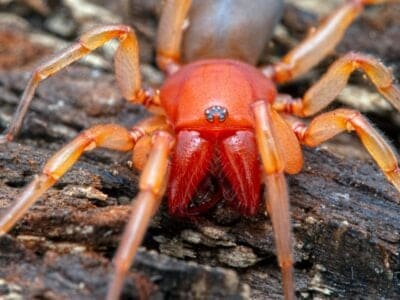
Woodlouse Spider
Unlike most spiders, woodlouse spiders don’t build a web.
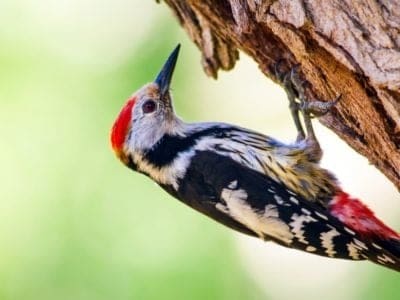
Woodpecker
There are 200 different species!
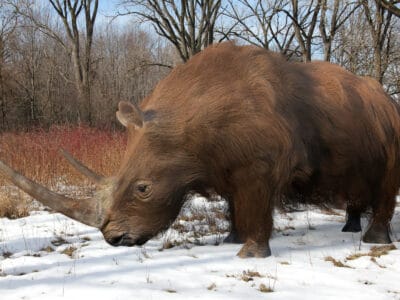
Woolly Rhinoceros
The woolly rhinoceros roamed the earth between three and a half million and 14,000 years ago.
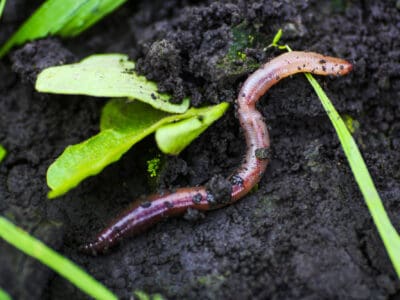
Worm
Doesn’t have eyes.
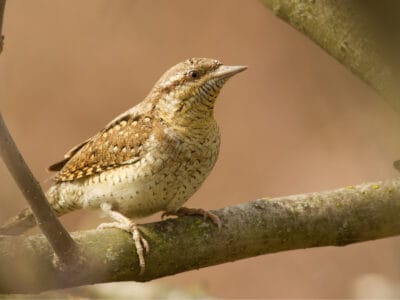
Wryneck
They feign death by making their bodies limp and closing their eyes.
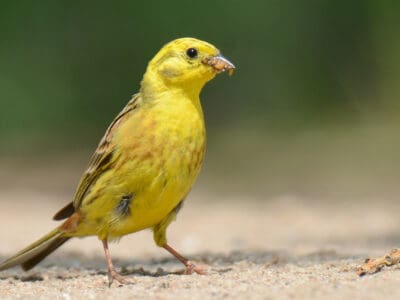
Yellowhammer
It interbreeds with the pine bunting
Hungarian Animals List
- Admiral Butterfly
- Ant
- Armyworm
- Aurochs
- Avocet
- Badger
- Barn Owl
- Barn Swallow
- Bat
- Beaver
- Bed Bugs
- Bee
- Beetle
- Beewolf wasp
- Bird
- Biscuit Beetle
- Black Widow Spider
- Brown-banded Cockroach
- Brown Dog Tick
- Bumblebee
- Butterfly
- Camel Cricket
- Carpenter Ant
- Cat
- Caterpillar
- Catfish
- Centipede
- Ceratopsian
- Chamois
- Chicken
- Cicada
- Cockroach
- Codling Moth
- Common Buzzard
- Common European Adder
- Common Frog
- Common Furniture Beetle
- Common House Spider
- Common Loon
- Common Raven
- Common Toad
- Cormorant
- Cow
- Crab
- Crab Spider
- Crane
- Cricket
- Crow
- Cuckoo
- Deer
- Devil’s Coach Horse Beetle
- Dog
- Dog Tick
- Donkey
- Dormouse
- Dragonfly
- Duck
- Dung Beetle
- Eagle
- Earthworm
- Earwig
- Edible Frog
- Eel
- Ermine
- Eurasian Bullfinch
- Eurasian Eagle-owl
- Eurasian Jay
- European Bee-Eater
- European Goldfinch
- European Robin
- Falcon
- Fallow deer
- False Widow Spider
- Ferret
- Fire-Bellied Toad
- Fire Salamander
- Firefly
- Flea
- Fleckvieh Cattle
- Fly
- Flying Squirrel
- Fox
- Frog
- Fruit Fly
- Gadwall
- German Cockroach
- Glass Lizard
- Glowworm
- Gnat
- Goat
- Goldcrest
- Golden Eagle
- Golden Oriole
- Goose
- Grasshopper
- Gypsy Moth
- Hamster
- Hare
- Hawk Moth Caterpillar
- Hedgehog
- Heron
- Highland Cattle
- Honey Bee
- Honey Buzzard
- Hoopoe
- Horse
- Horsefly
- Housefly
- Human
- Huntsman Spider
- Insects
- Jackal
- Jackdaw
- Jumping Spider
- King Eider
- Kingfisher
- Komondor
- Kuvasz
- Ladybug
- Lazarus Lizard
- Leech
- Lemming
- Linnet
- Lizard
- Loach
- Locust
- Long-Eared Owl
- Long-Tailed Tit
- Magpie
- Magyarosaurus
- Marmot
- Marsh Frog
- Mayfly
- Mealybug
- Millipede
- Mole
- Mole Cricket
- Mongrel
- Moorhen
- Mosquito
- Moth
- Mouse
- Mudi
- Mule
- Muskrat
- Neanderthal
- Nematode
- Newt
- Nightingale
- No See Ums
- Northern Pintail
- Old House Borer
- Orb Weaver
- Ortolan Bunting
- Osprey
- Otter
- Owl
- Pantaloon Bee
- Peppered Moth
- Peregrine Falcon
- Pheasant
- Pig
- Pigeon
- Pika
- Pike Fish
- Pine Marten
- Pond Skater
- Pool Frog
- Porcupine
- Puli
- Pumi
- Purple Emperor Butterfly
- Puss Moth
- Quail
- Rabbit
- Raccoon
- Raccoon Dog
- Rat
- Rat Snakes
- Red Deer
- Redstart
- River Turtle
- Robin
- Rodents
- Roe Deer
- Rooster
- Rough-Legged Hawk (Rough-Legged Buzzard)
- Sable Ferret
- Salamander
- Sand Lizard
- Scorpion
- Sea Eagle
- Seahorse
- Sheep
- Short-Eared Owl
- Shrew
- Shrimp
- Skink Lizard
- Slow Worm
- Slug
- Smokybrown Cockroach
- Snail
- Snake
- Snowy Owl
- Song Thrush
- Spadefoot Toad
- Sparrow
- Spider Wasp
- Squirrel
- Stick Insect
- Stoat
- Stork
- Swallowtail Butterfly
- Swan
- Tawny Owl
- Termite
- Thrush
- Tick
- Tiger Beetle
- Tiger Moth
- Tortoise
- Transylvanian Hound
- Tree Frog
- Turtles
- Ural owl
- Viper
- Vizsla
- Vulture
- Wasp
- Water Buffalo
- Water Vole
- Wax Moth
- Weasel
- White Ferret / Albino Ferrets
- Wild Boar
- Wirehaired Vizsla
- Wolf
- Wolf Spider
- Woodlouse
- Woodlouse Spider
- Woodpecker
- Woolly Rhinoceros
- Worm
- Wryneck
- Yellowhammer
Animals in Hungary FAQs (Frequently Asked Questions)
What kind of animals are in Hungary?
Hungary contains hundreds of species of mammals and birds. Deer and wild pigs tend to inhabit the hilly or mountainous forests, while hares and rodents mix with partridges and pheasants in the country’s lowlands. Bats, weasels, martens, badgers, otters, and of course domesticated dogs are also very common sights. The rivers and lakes teem with freshwater fish, including pike, bream, and perch.
Are there any dangerous animals in Hungary?
Hungary is home to only a few venomous snakes and large carnivores. The common European viper may be responsible for most hospitalizations.
What is the national animal of Hungary?
The closest thing that Hungary has to a national animal is the Turul, a mythological bird that apparently dates back as a clan symbol of the country’s original ruling dynasty.
Does Hungary have bears?
Hungary contains a small population of the Eurasian brown bear, a subspecies of the common brown bear. They tend to reside in remote mountains and forests.
Does Hungary have any monkeys?
Hungary has no native monkey species. Monkeys don’t live in temperate climates.




